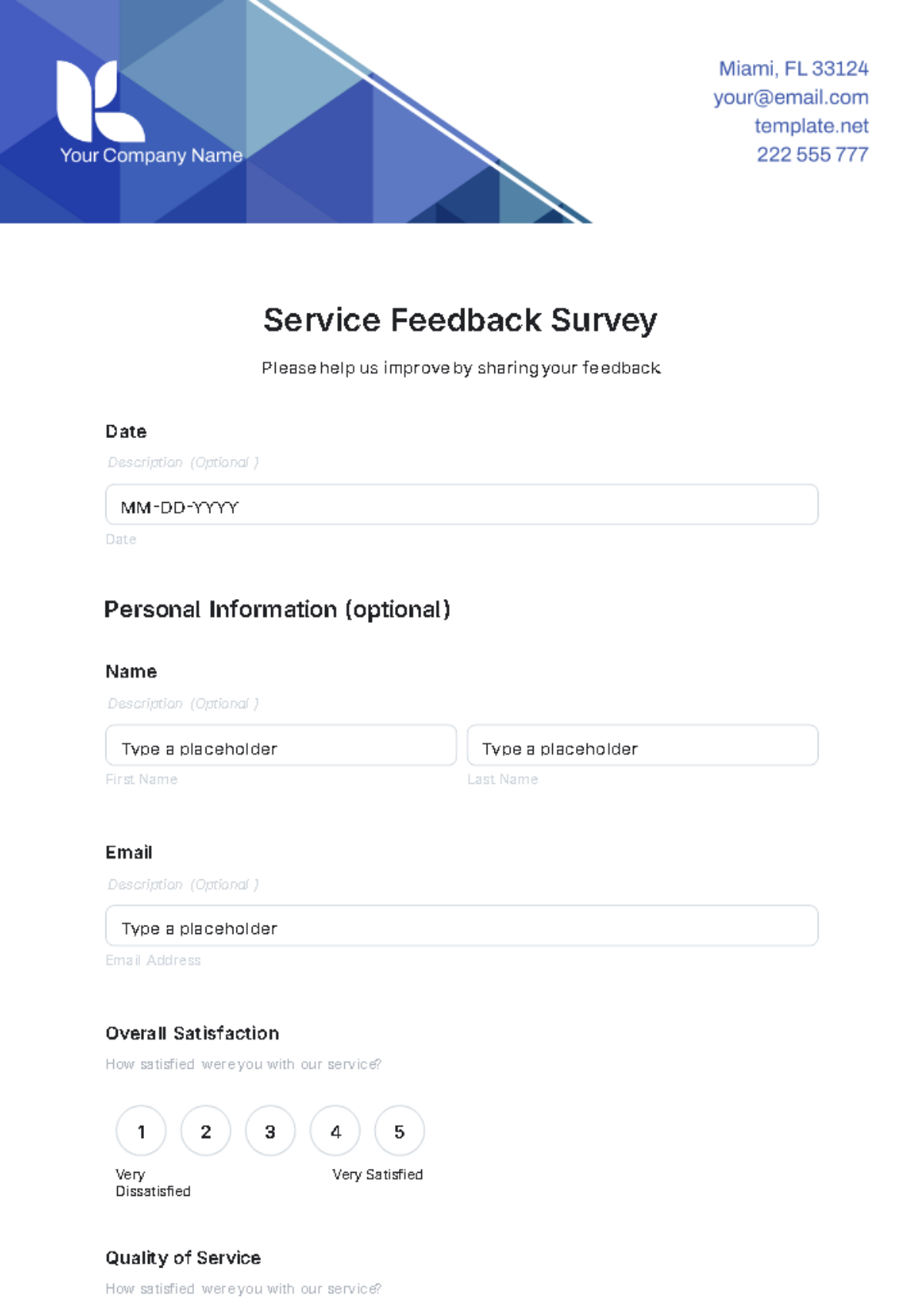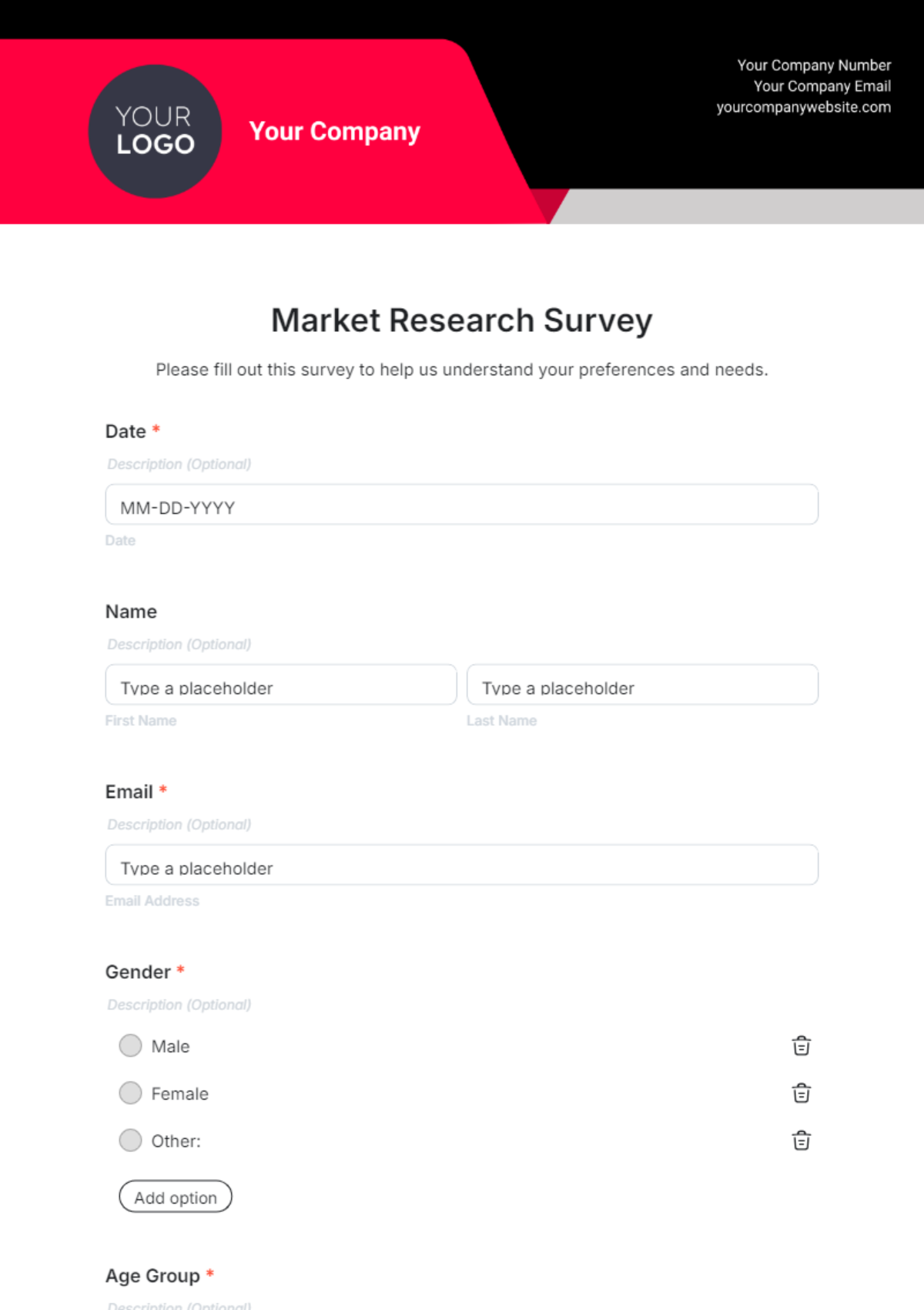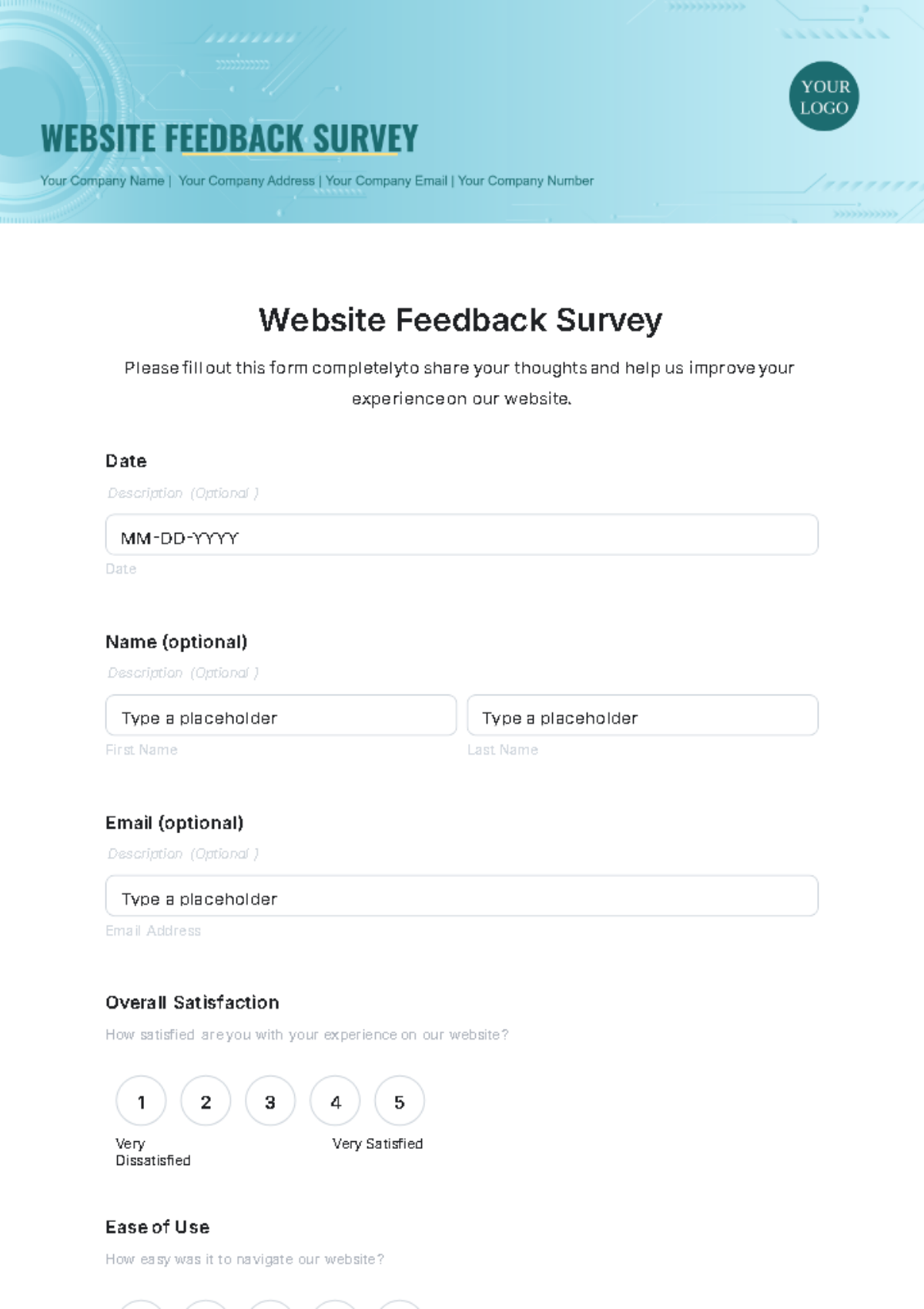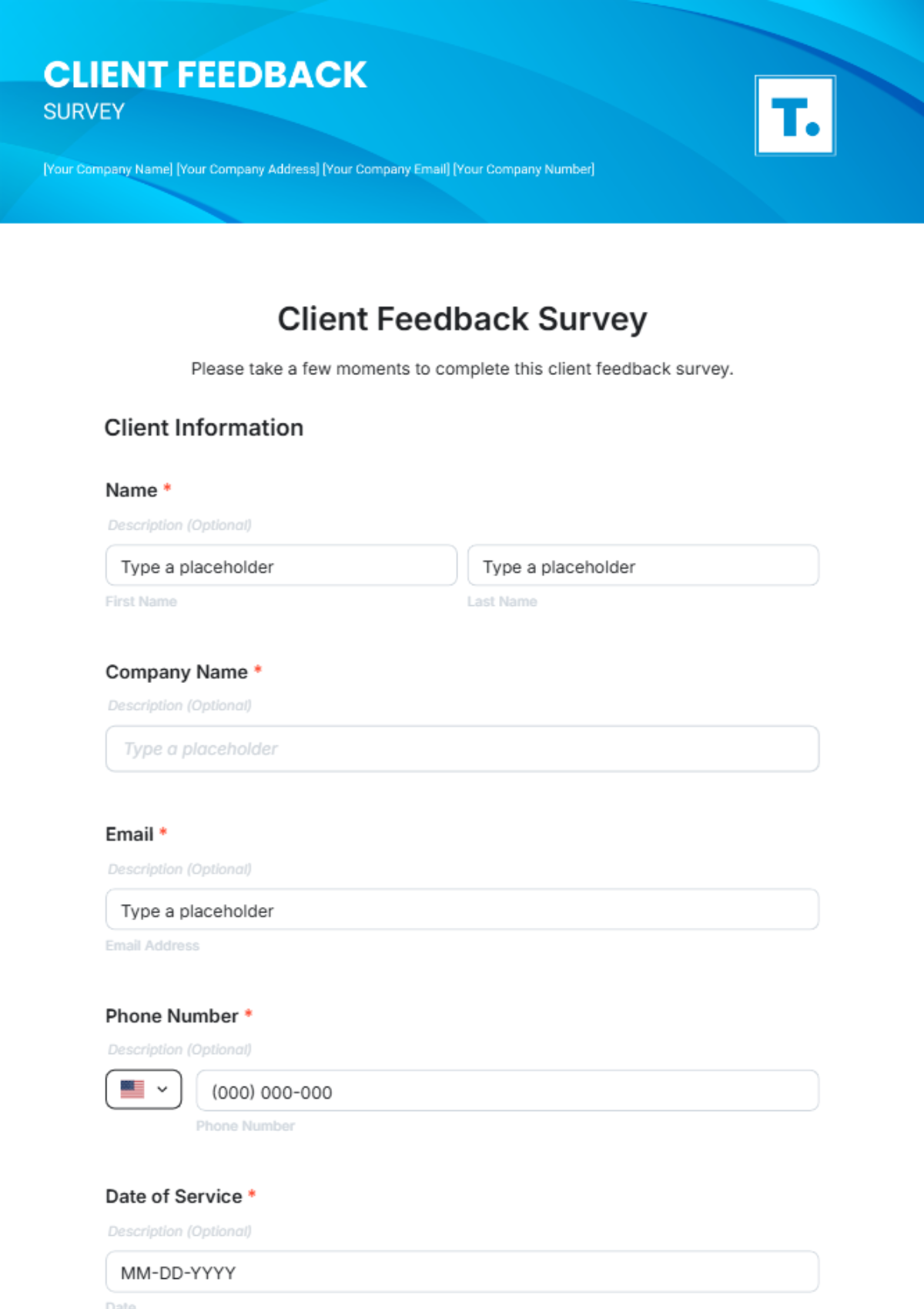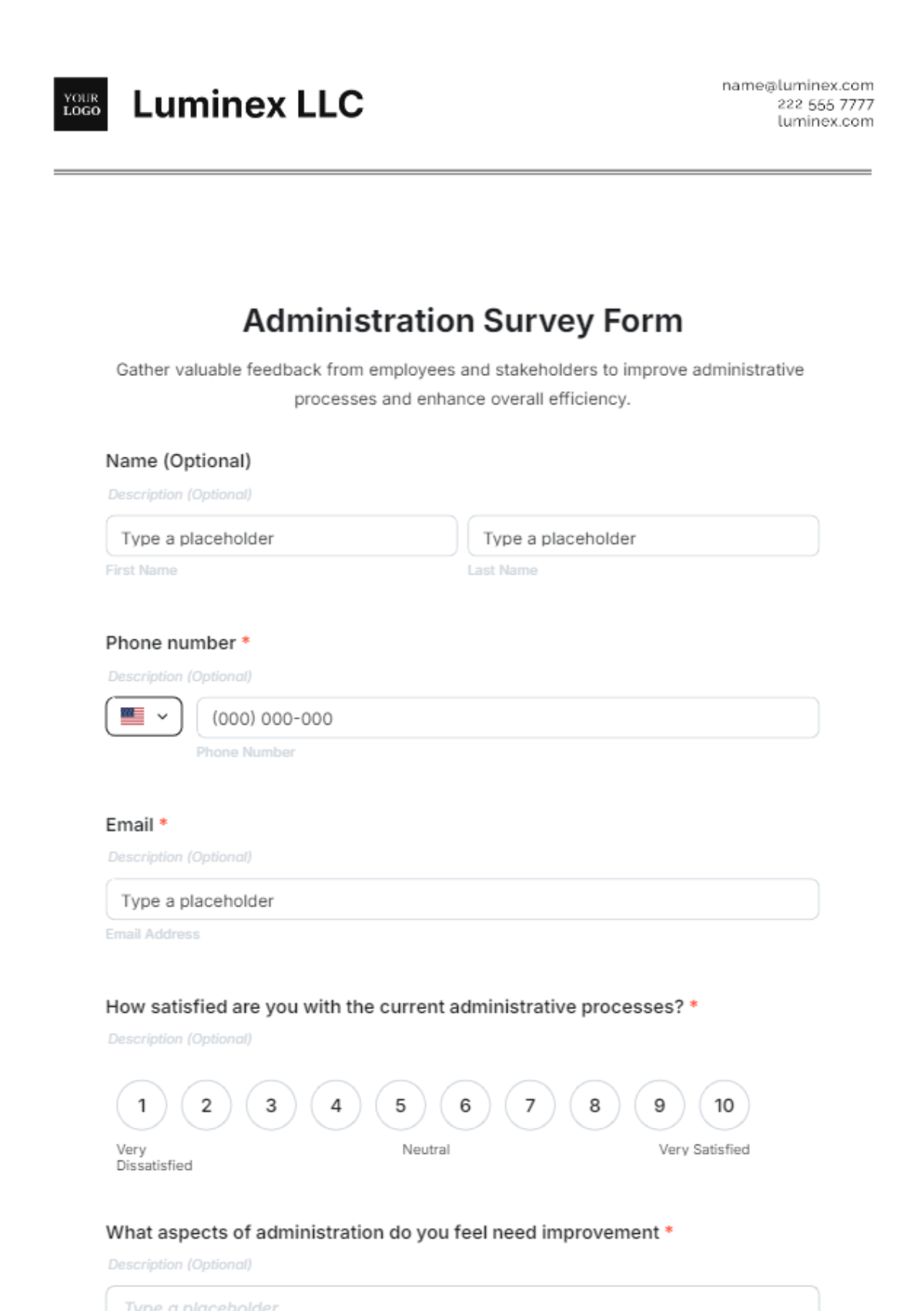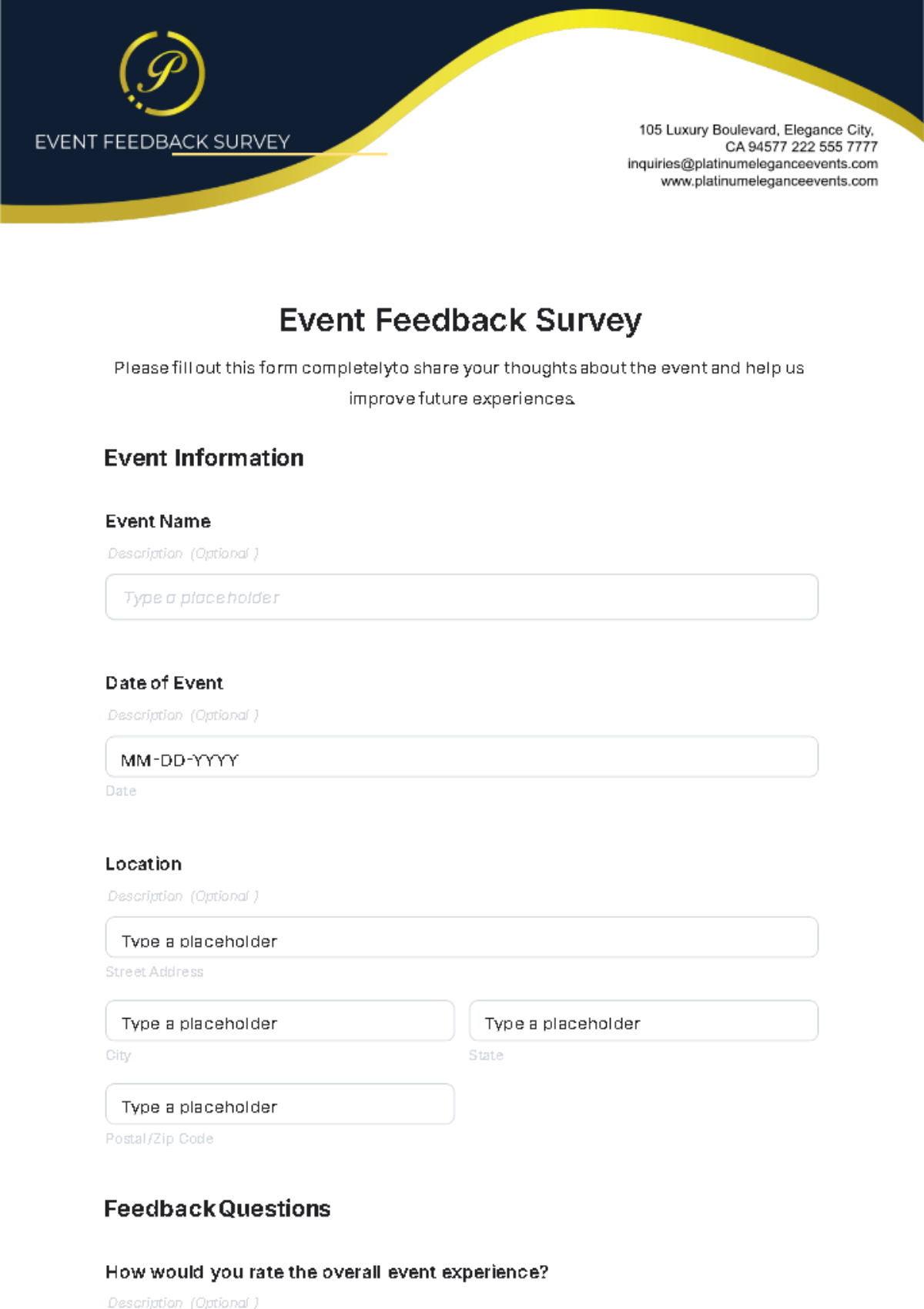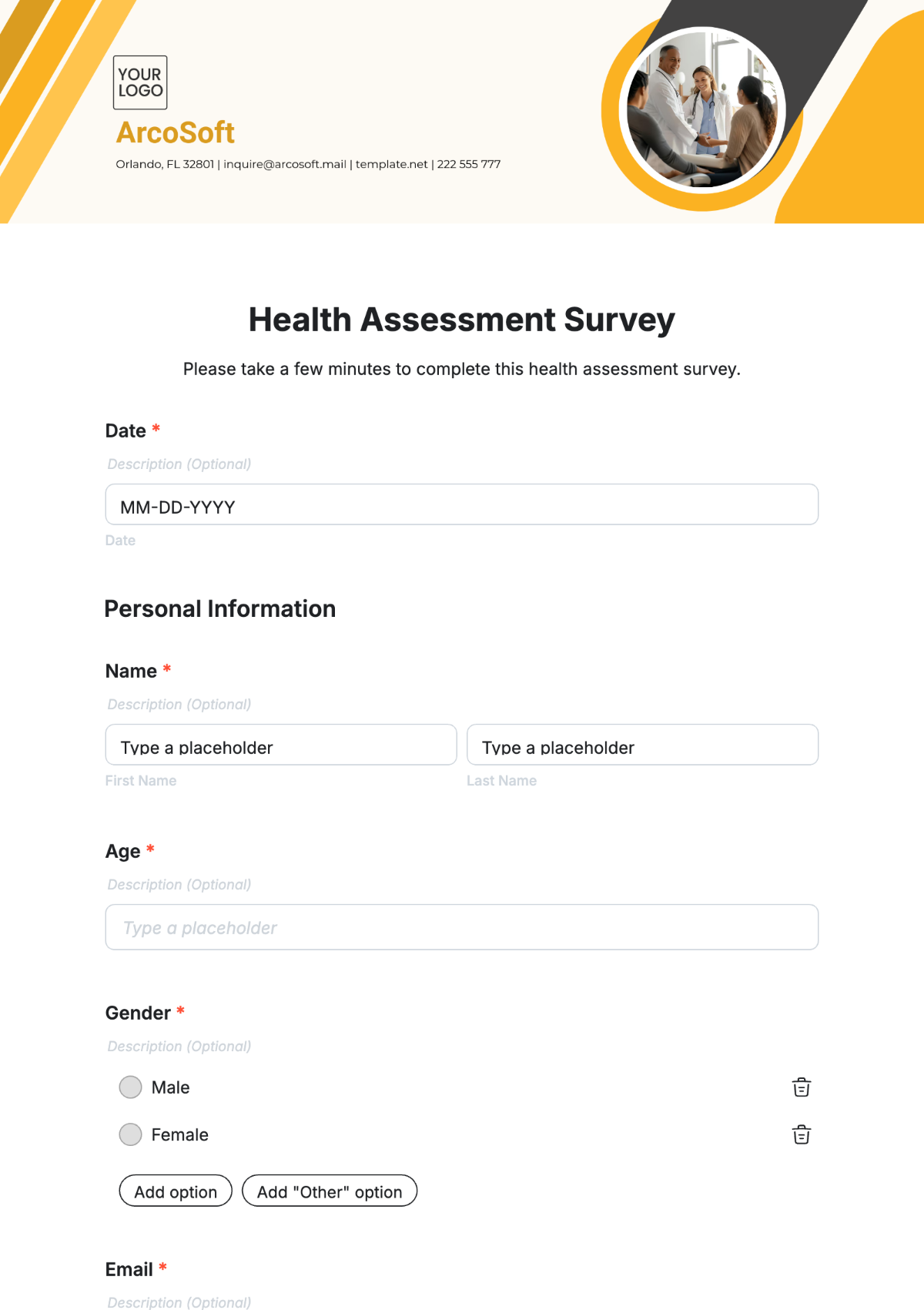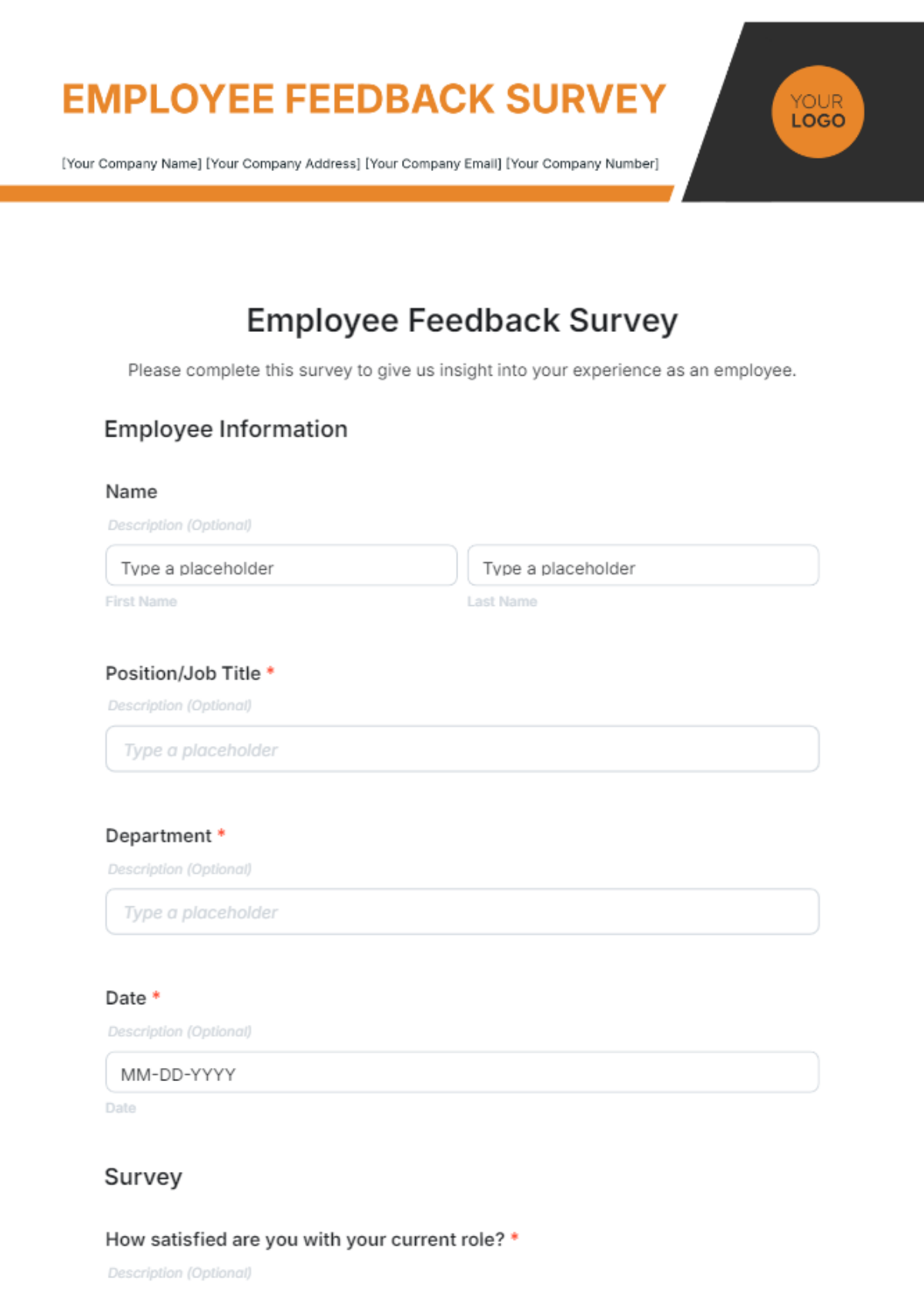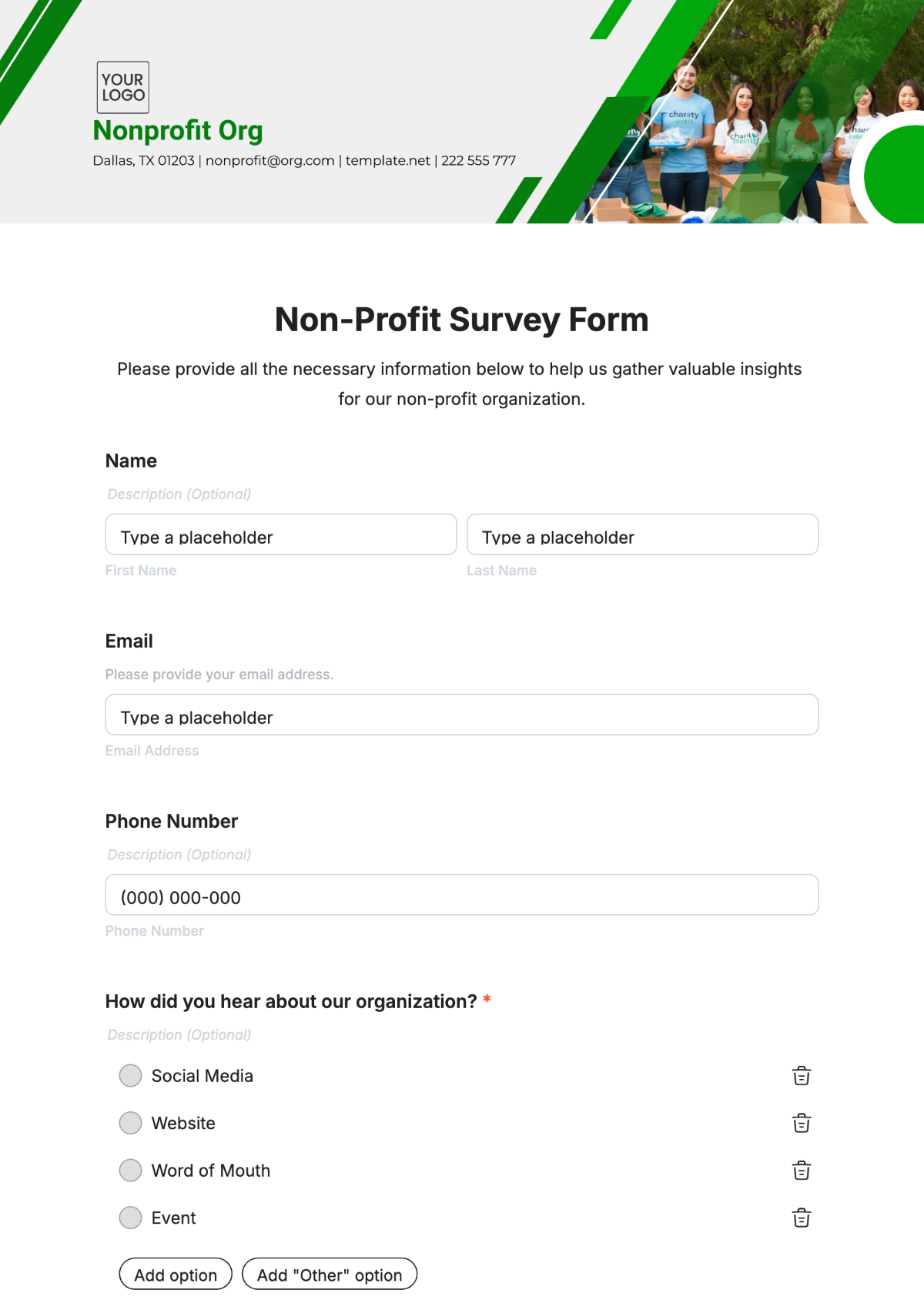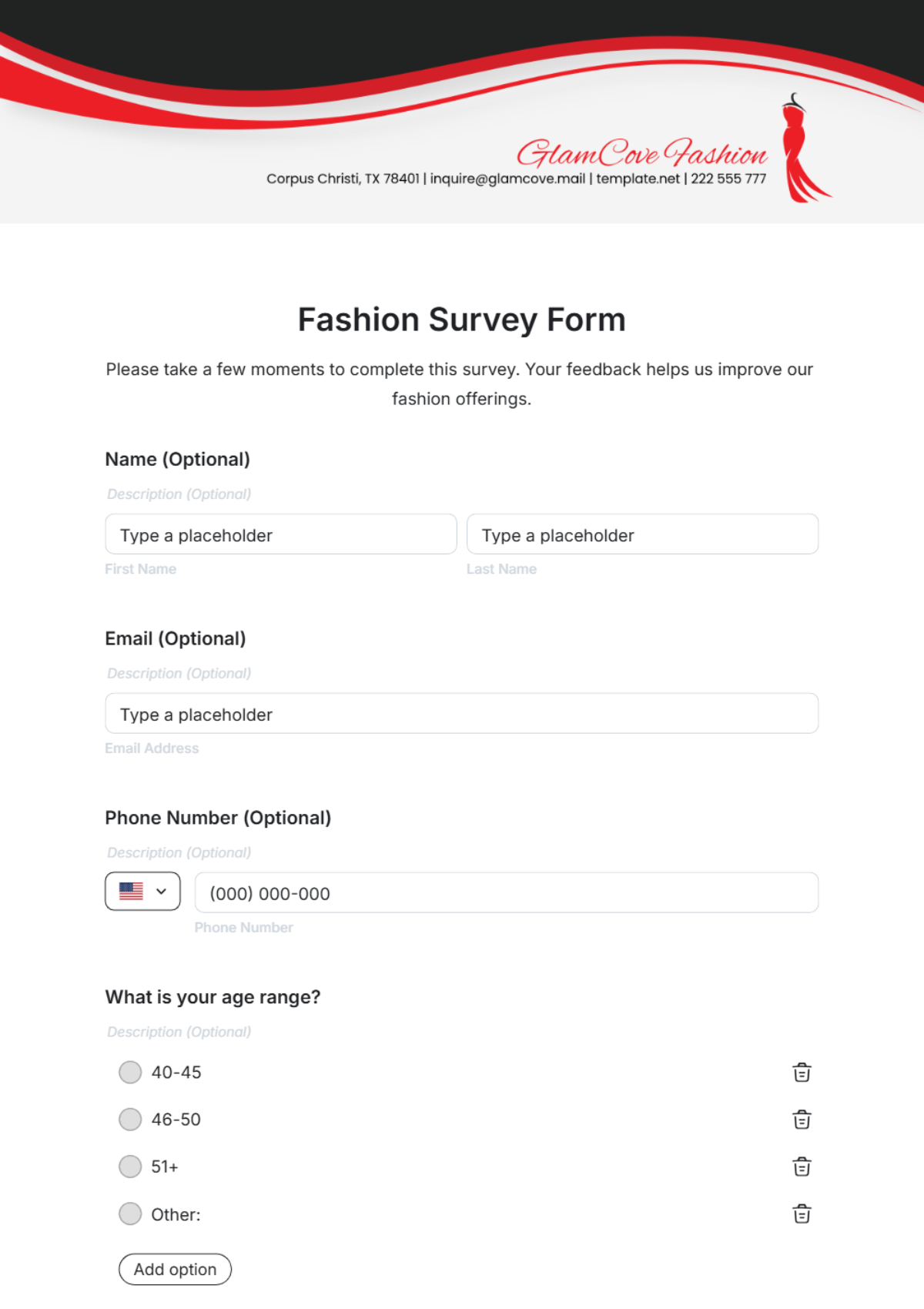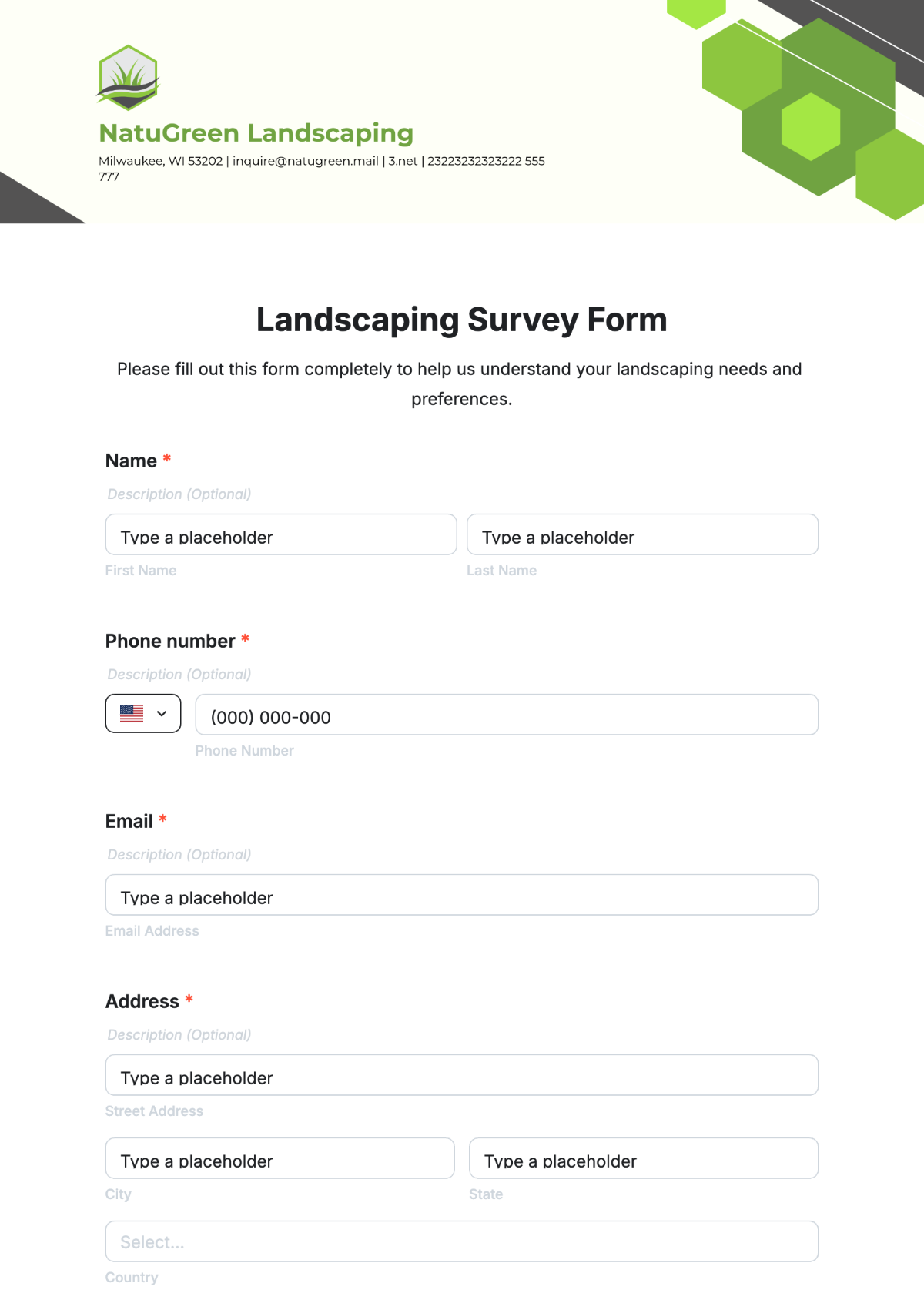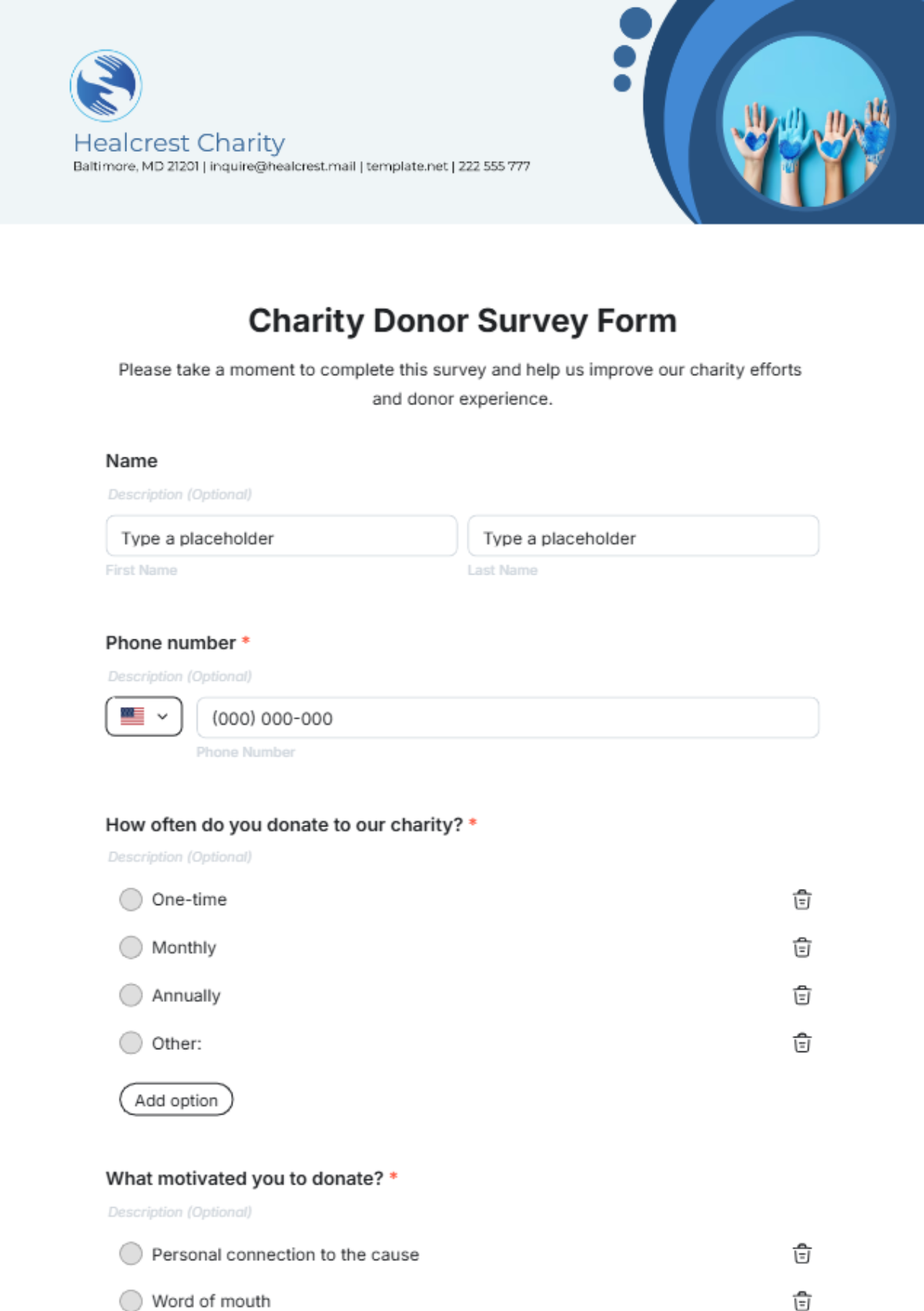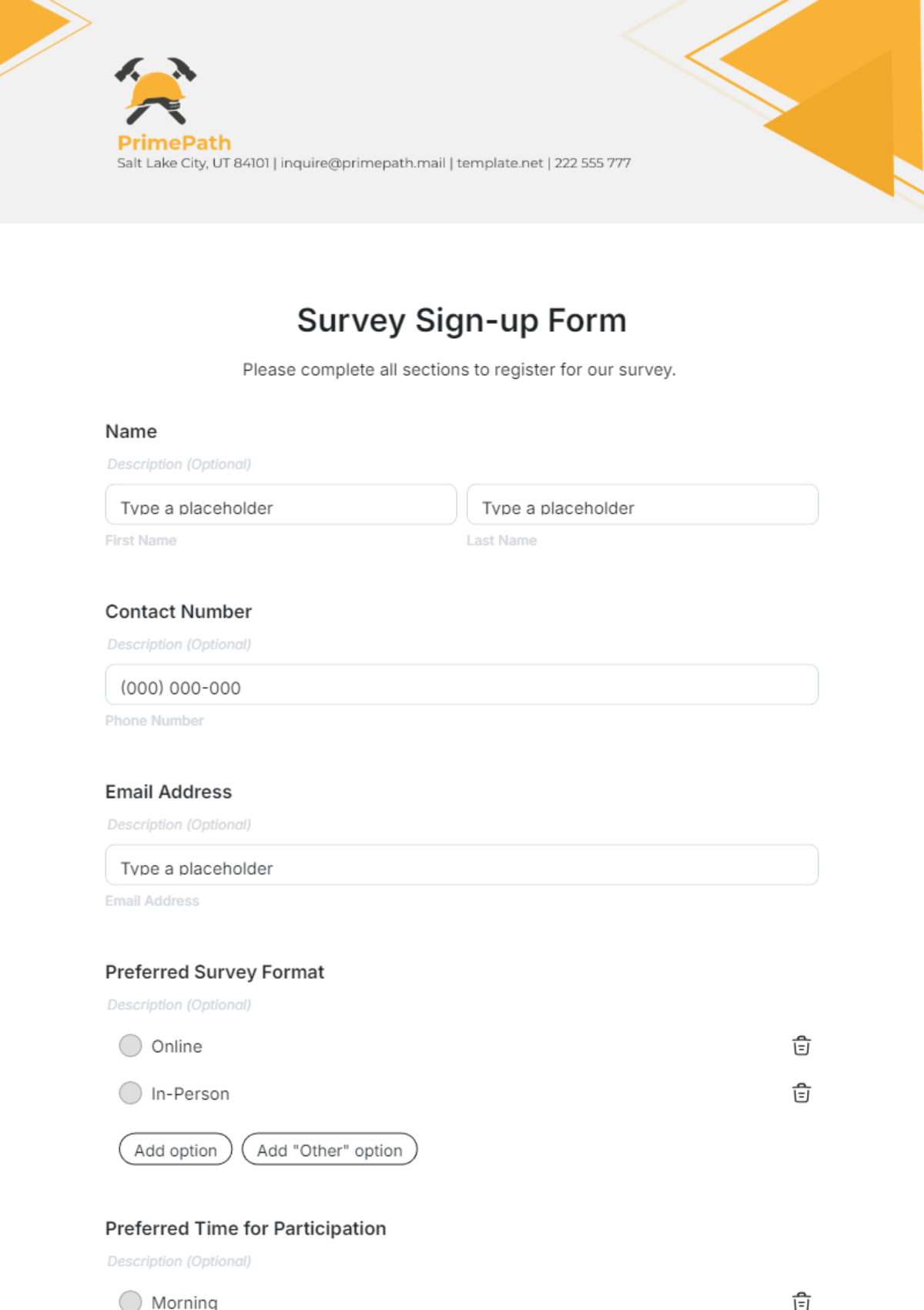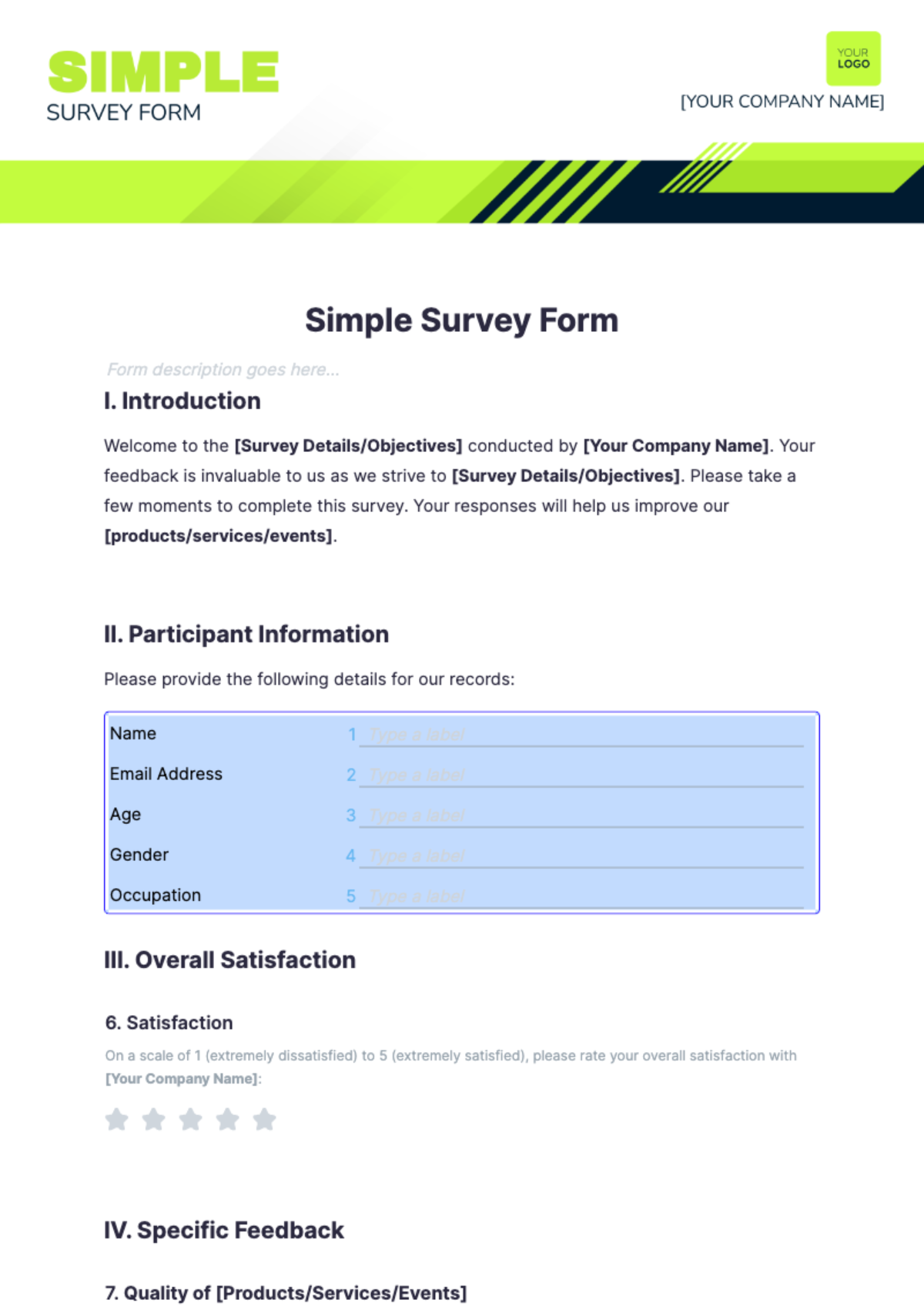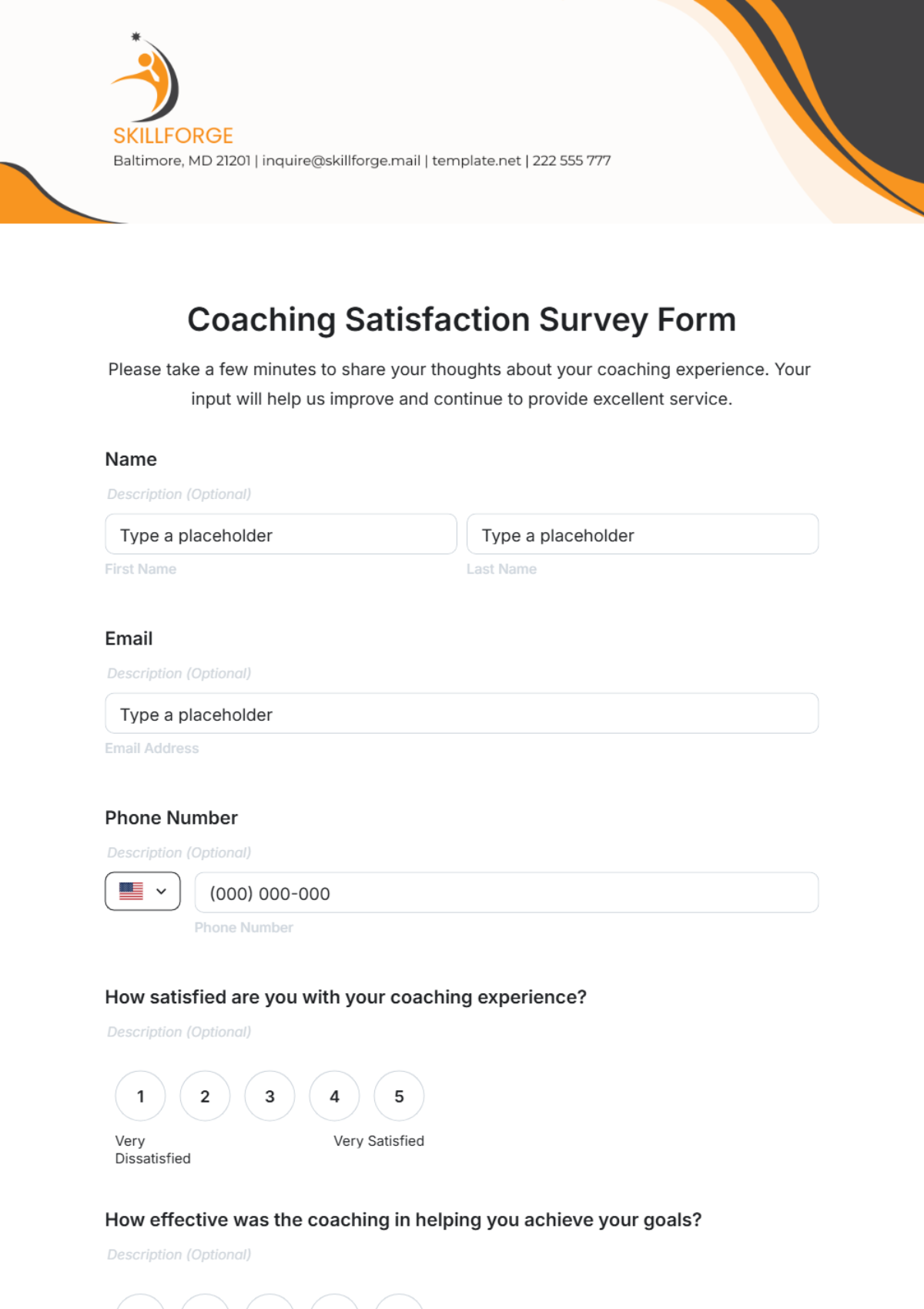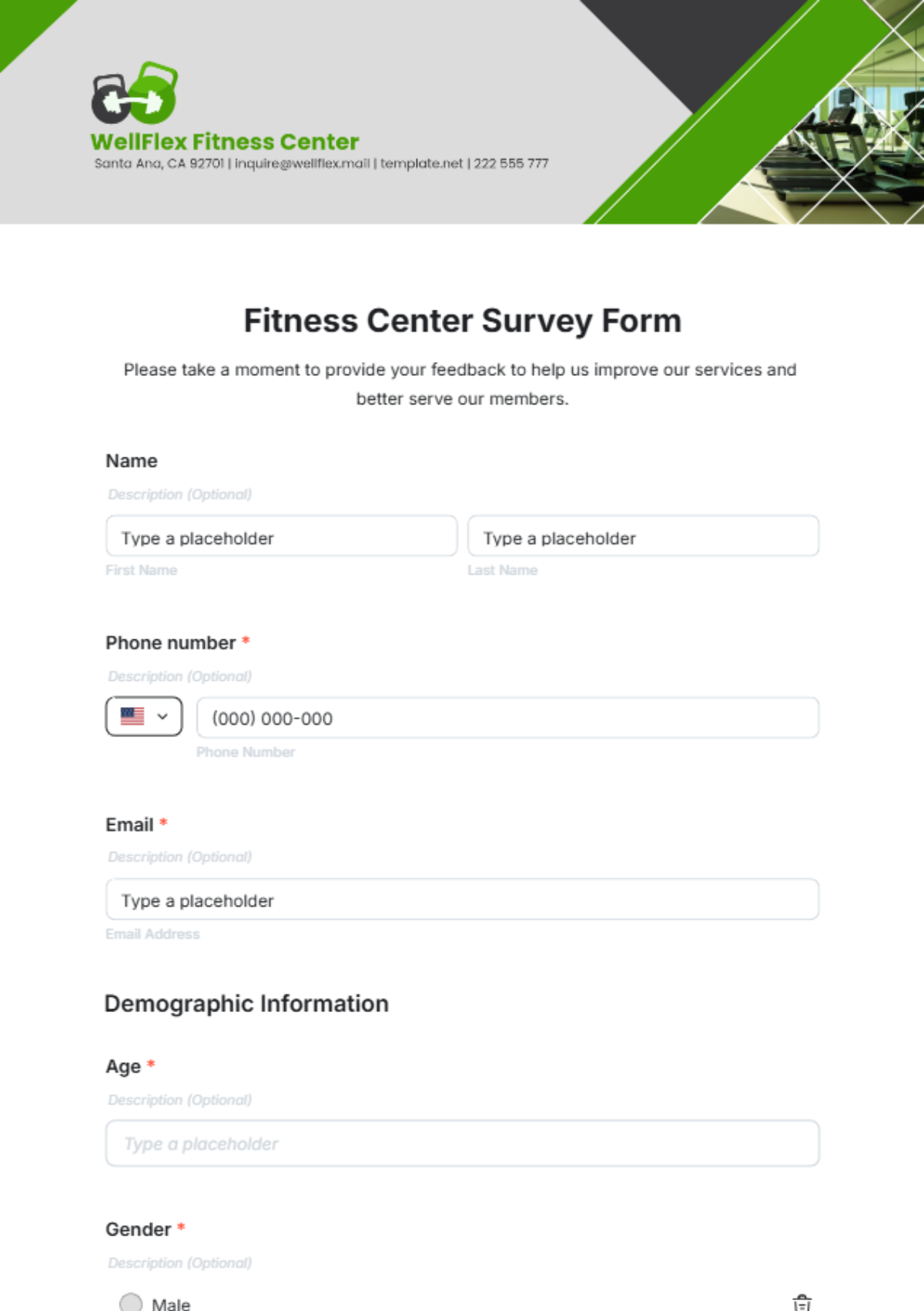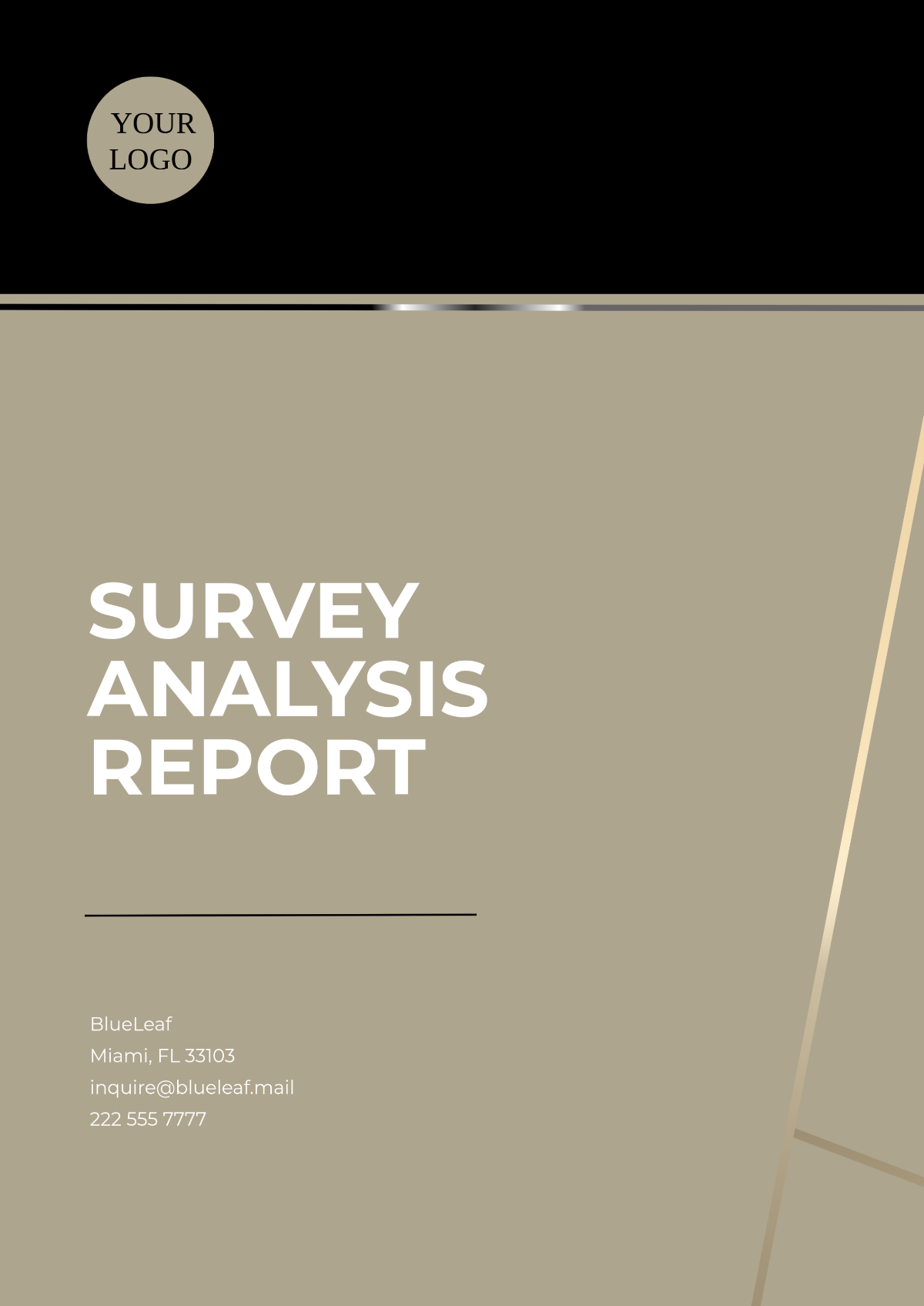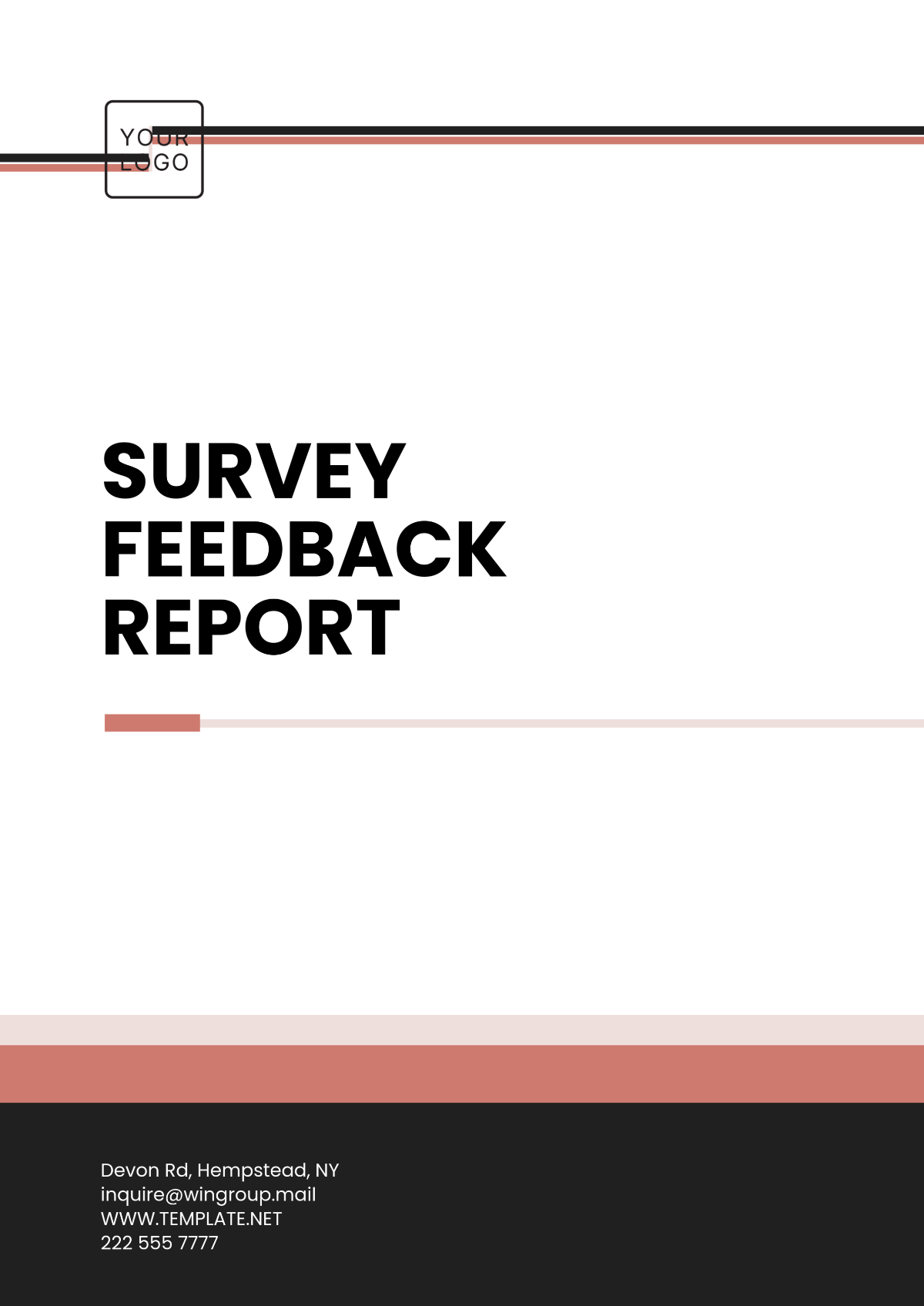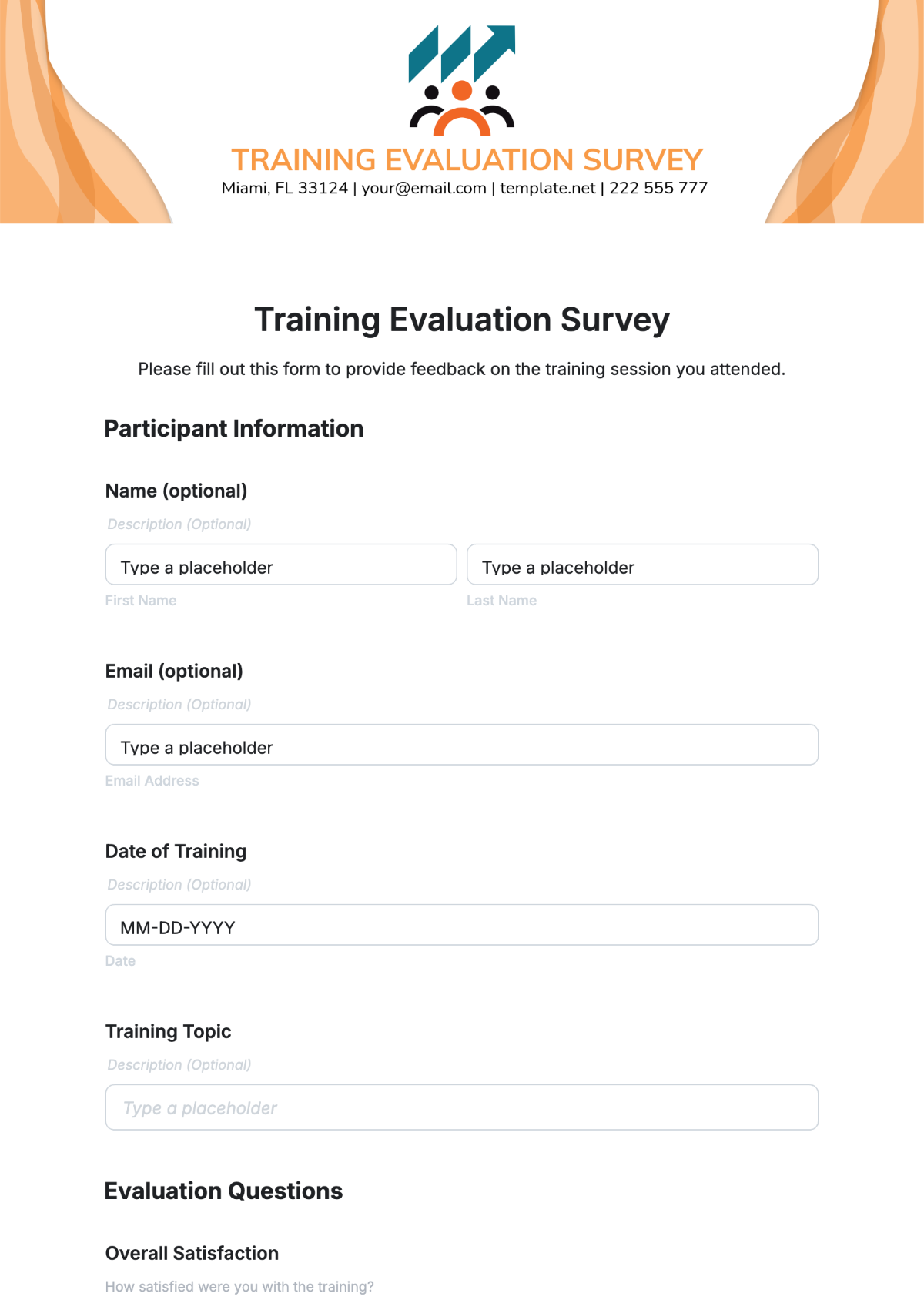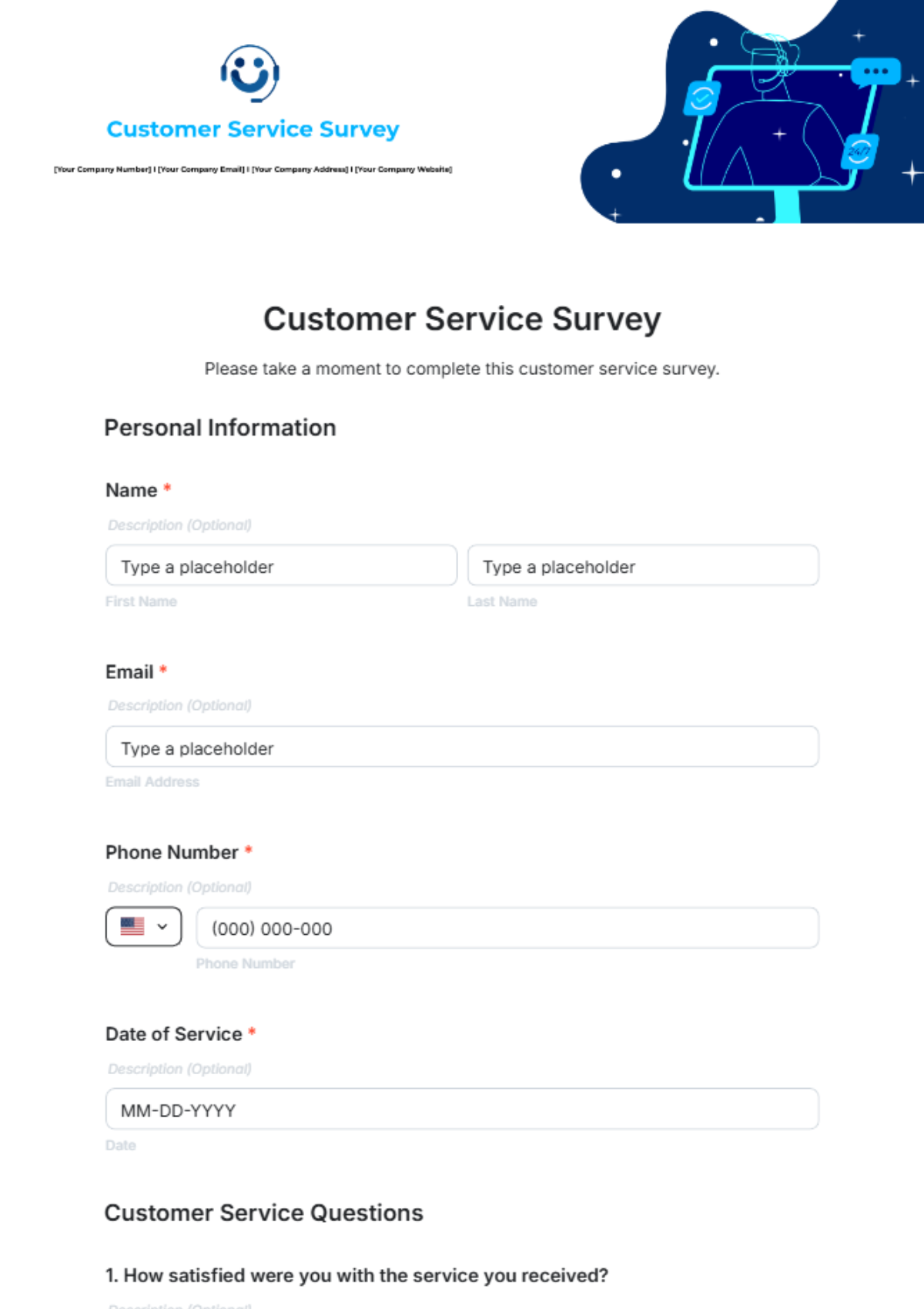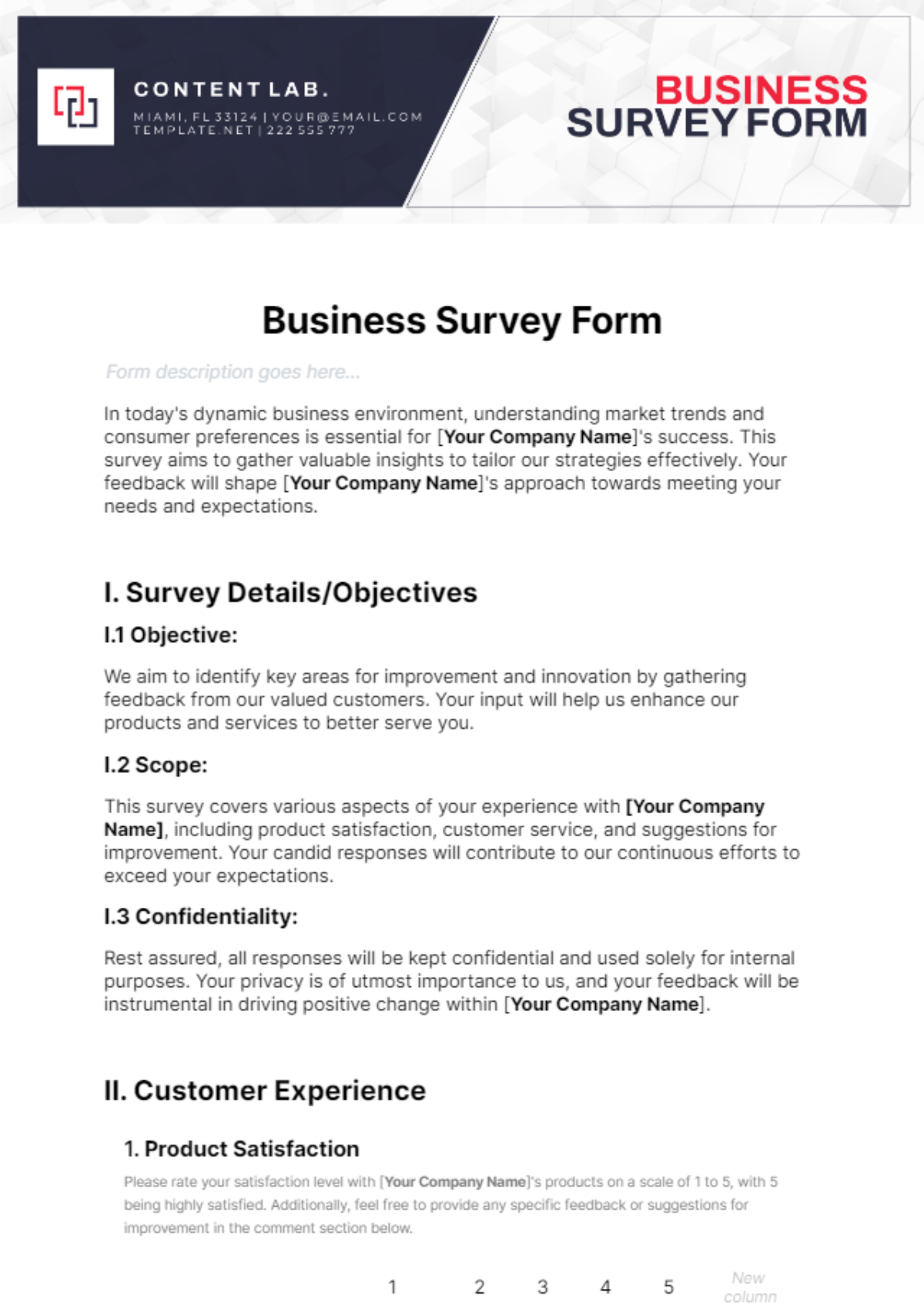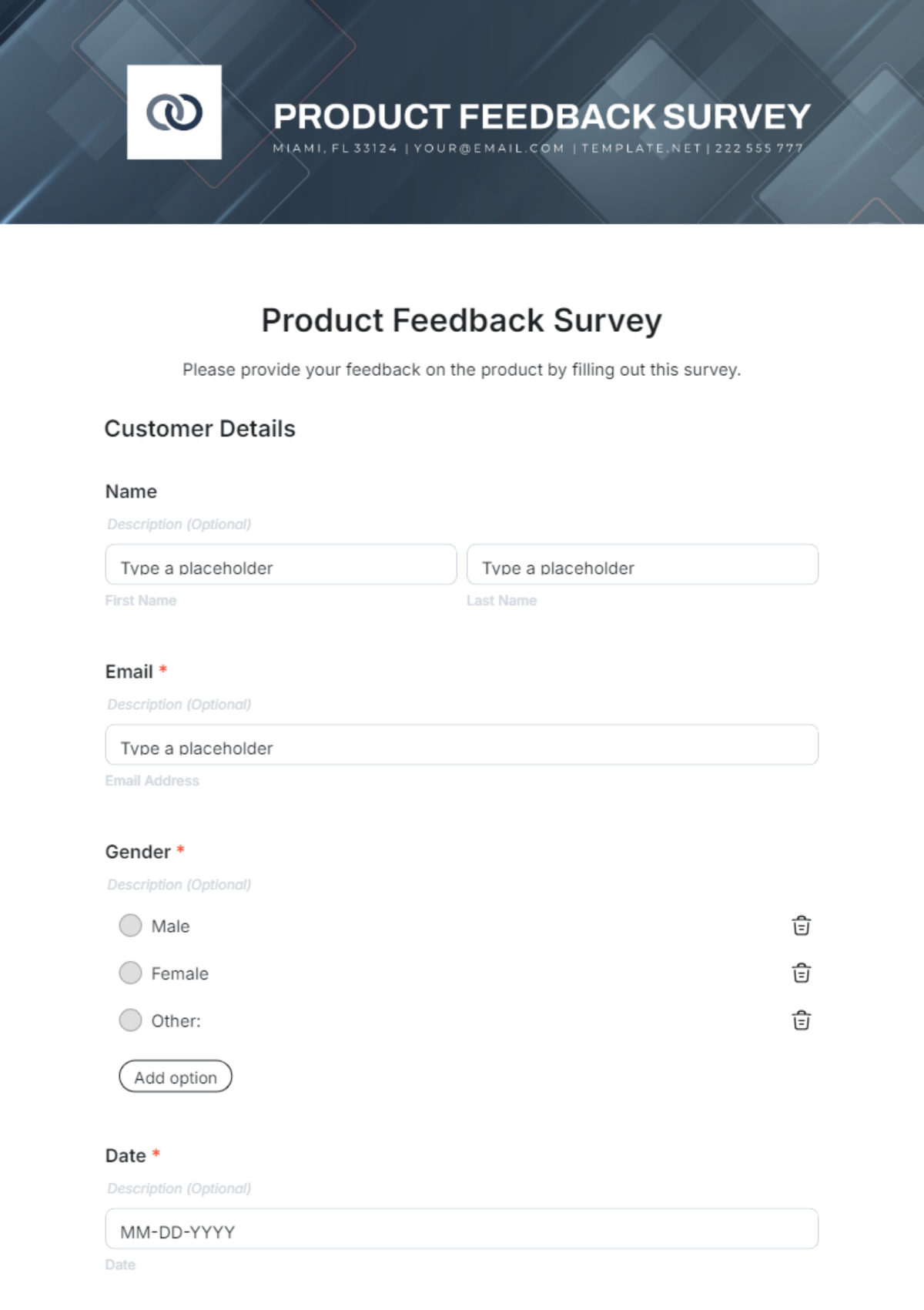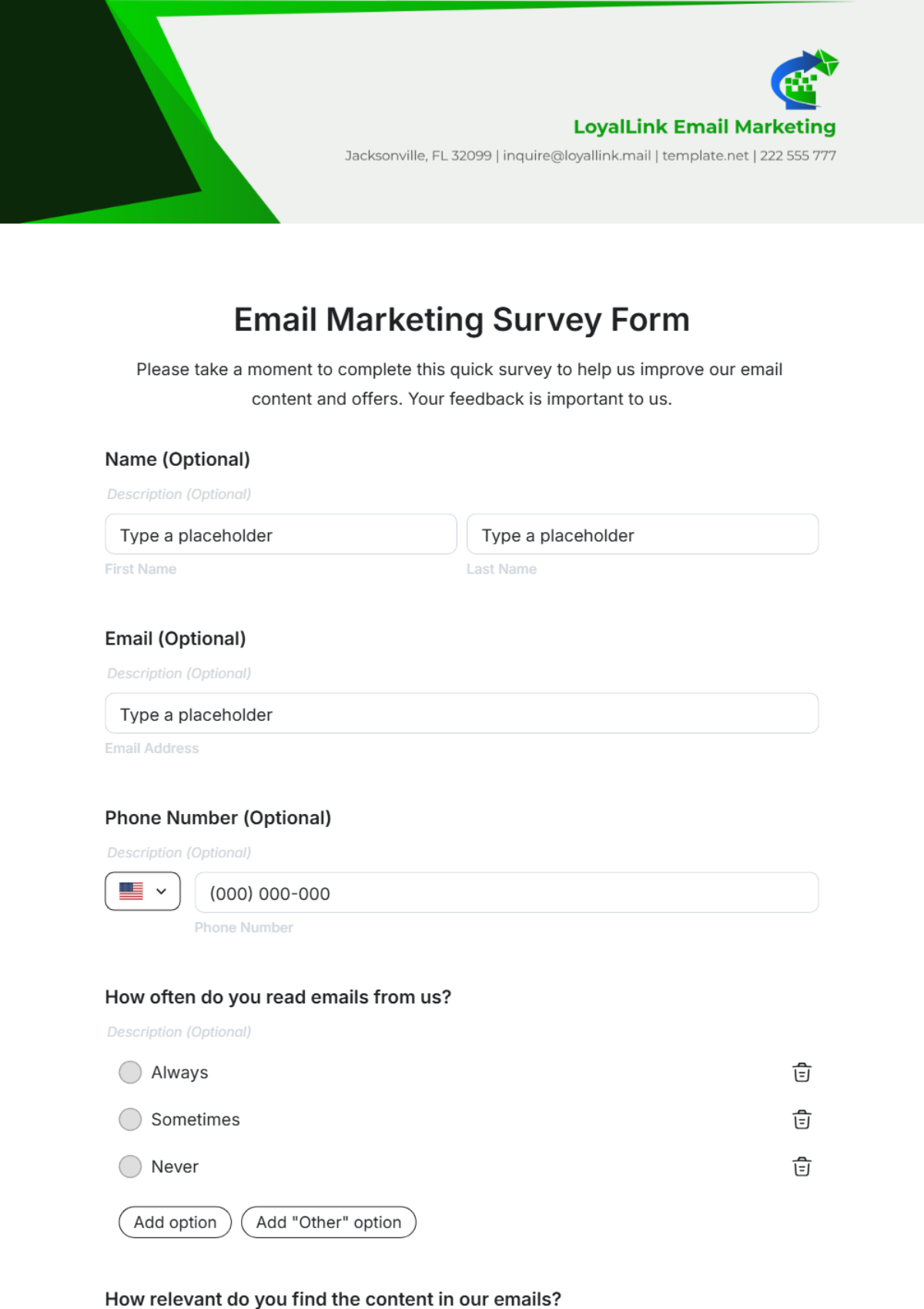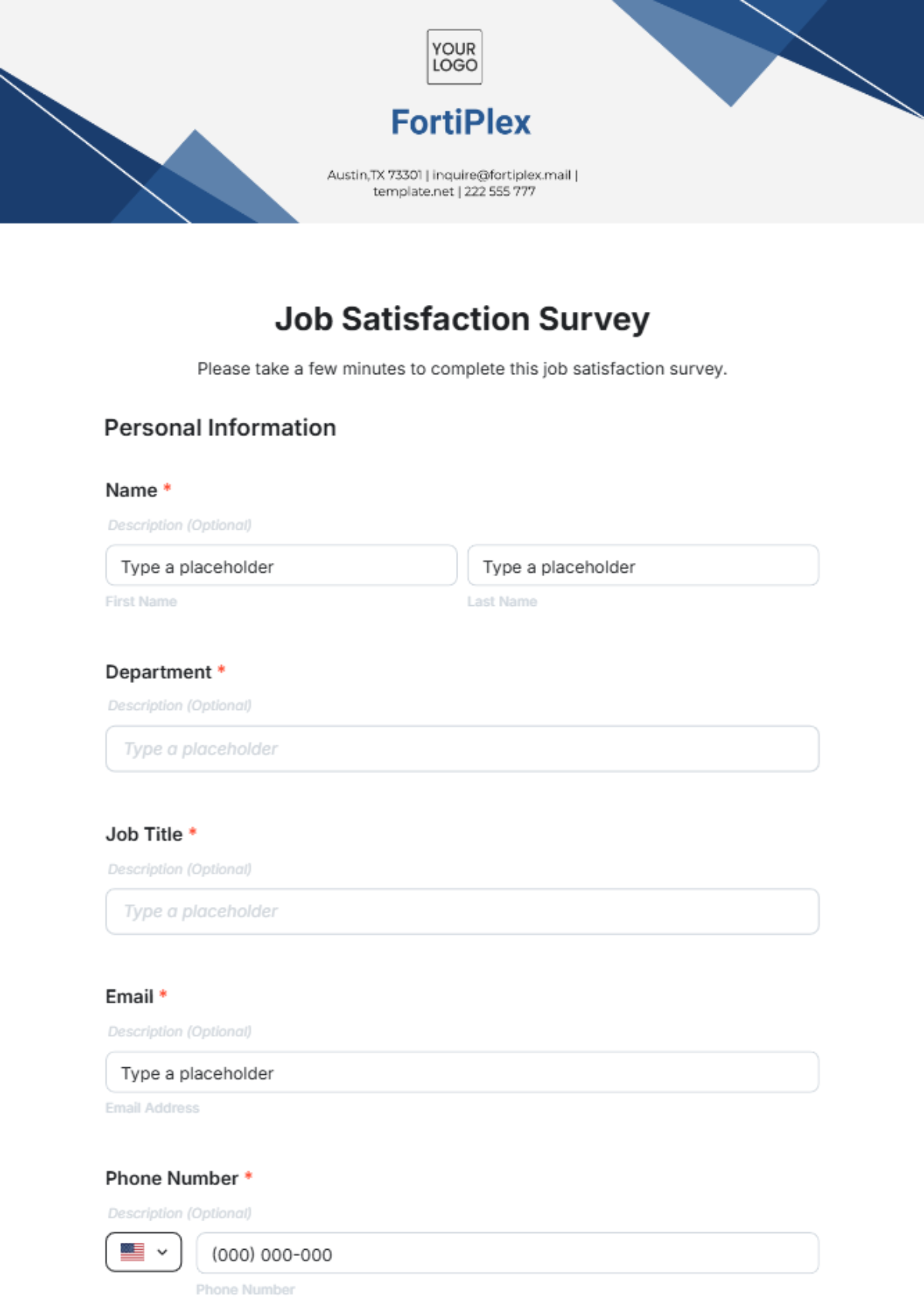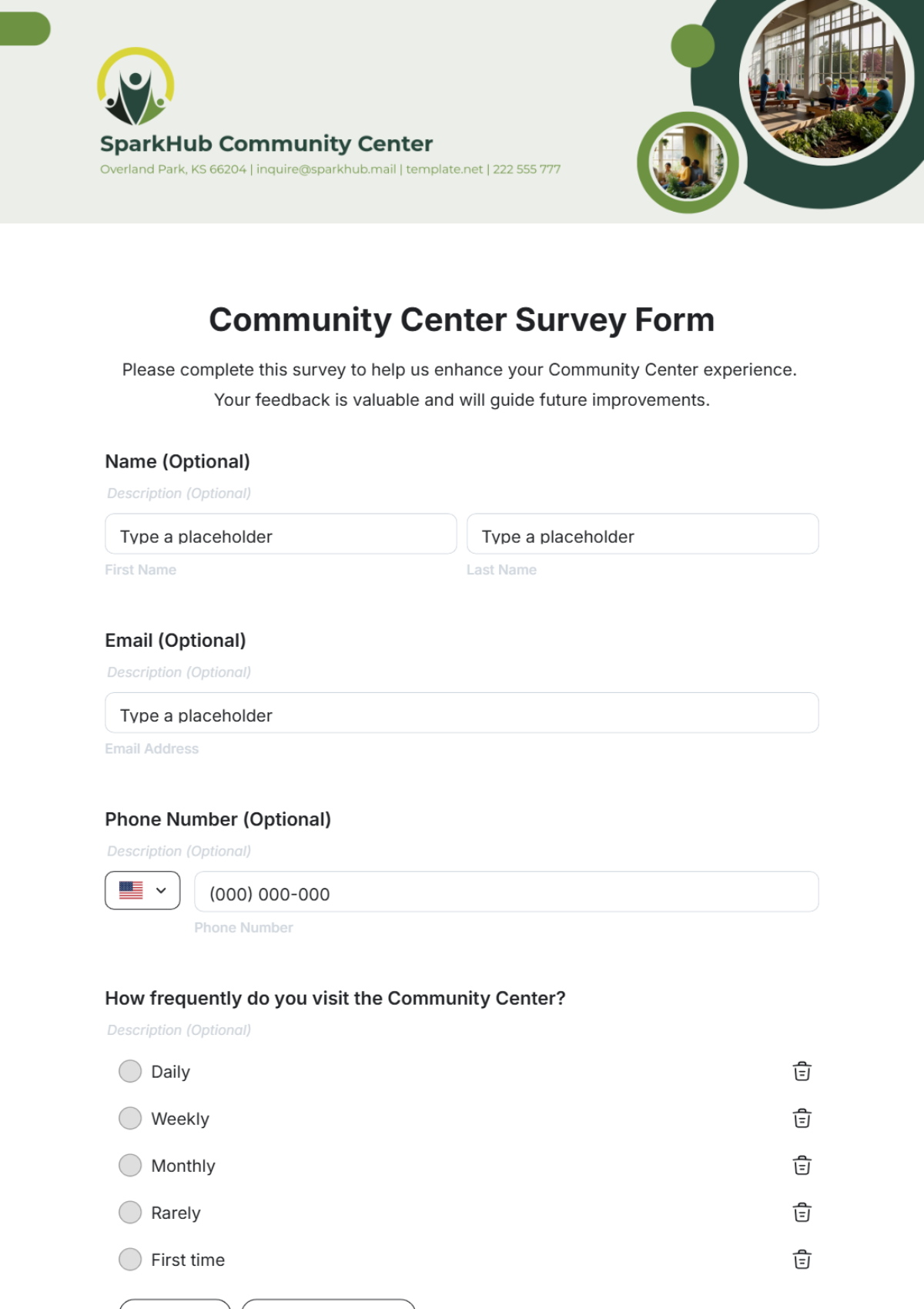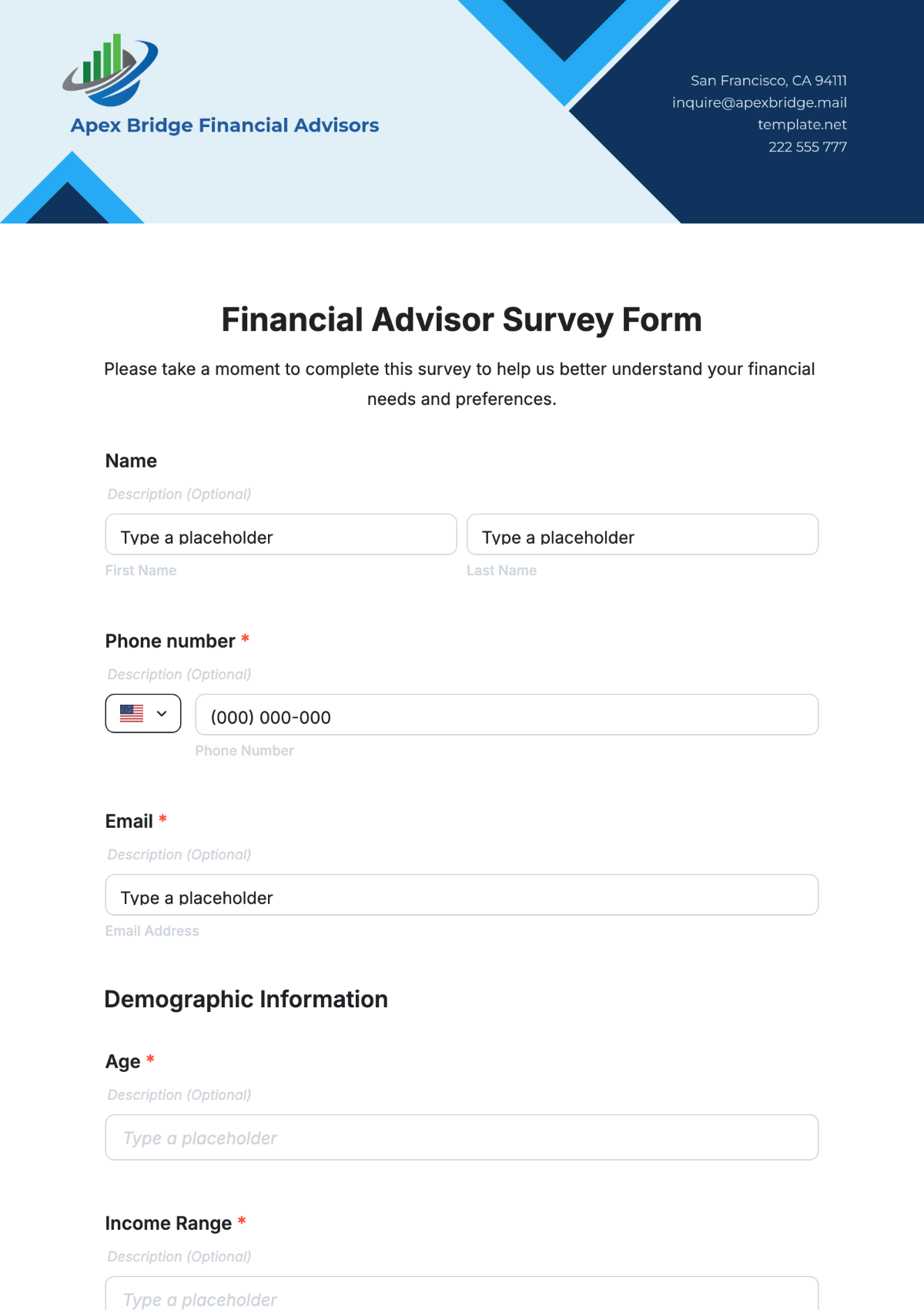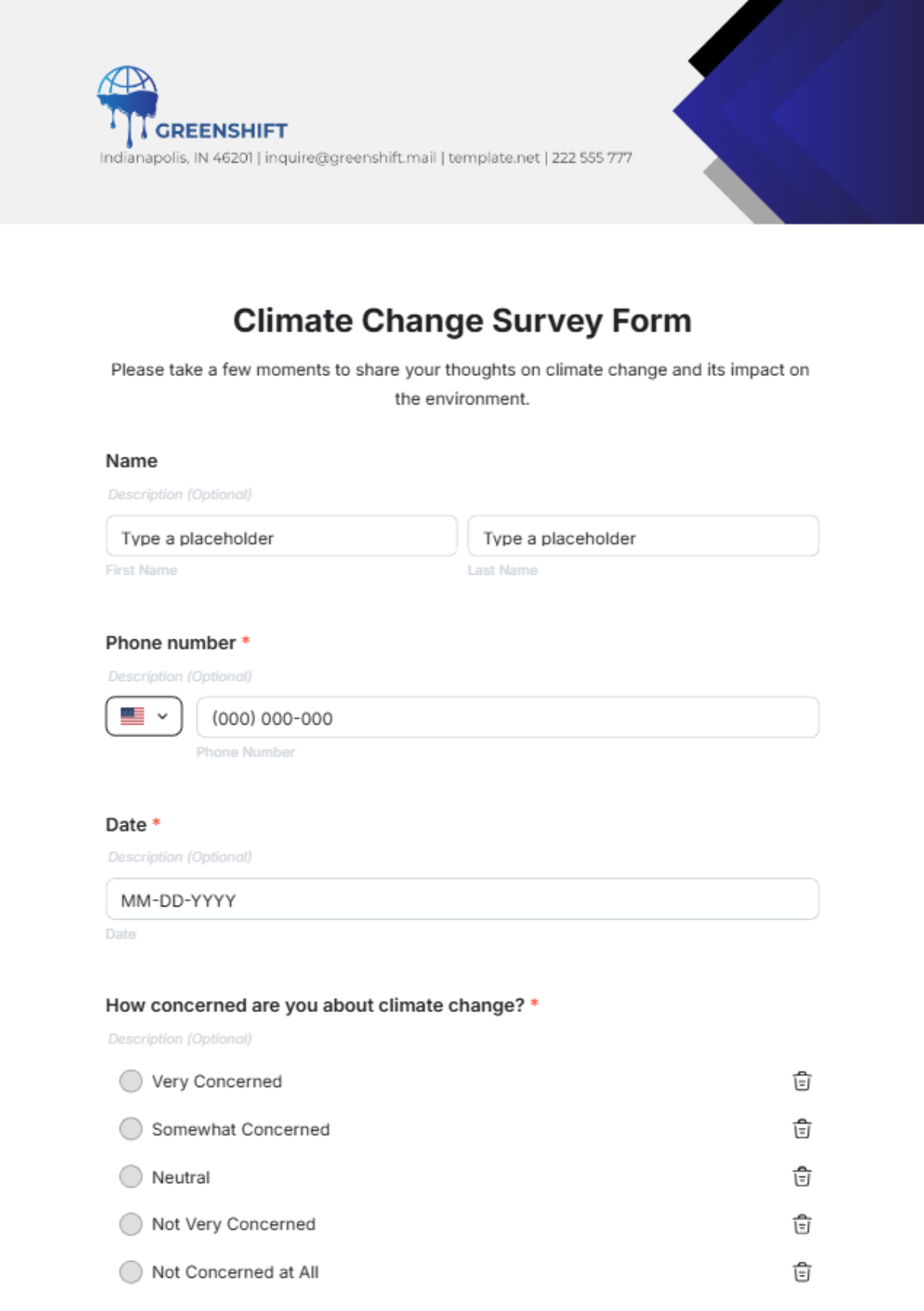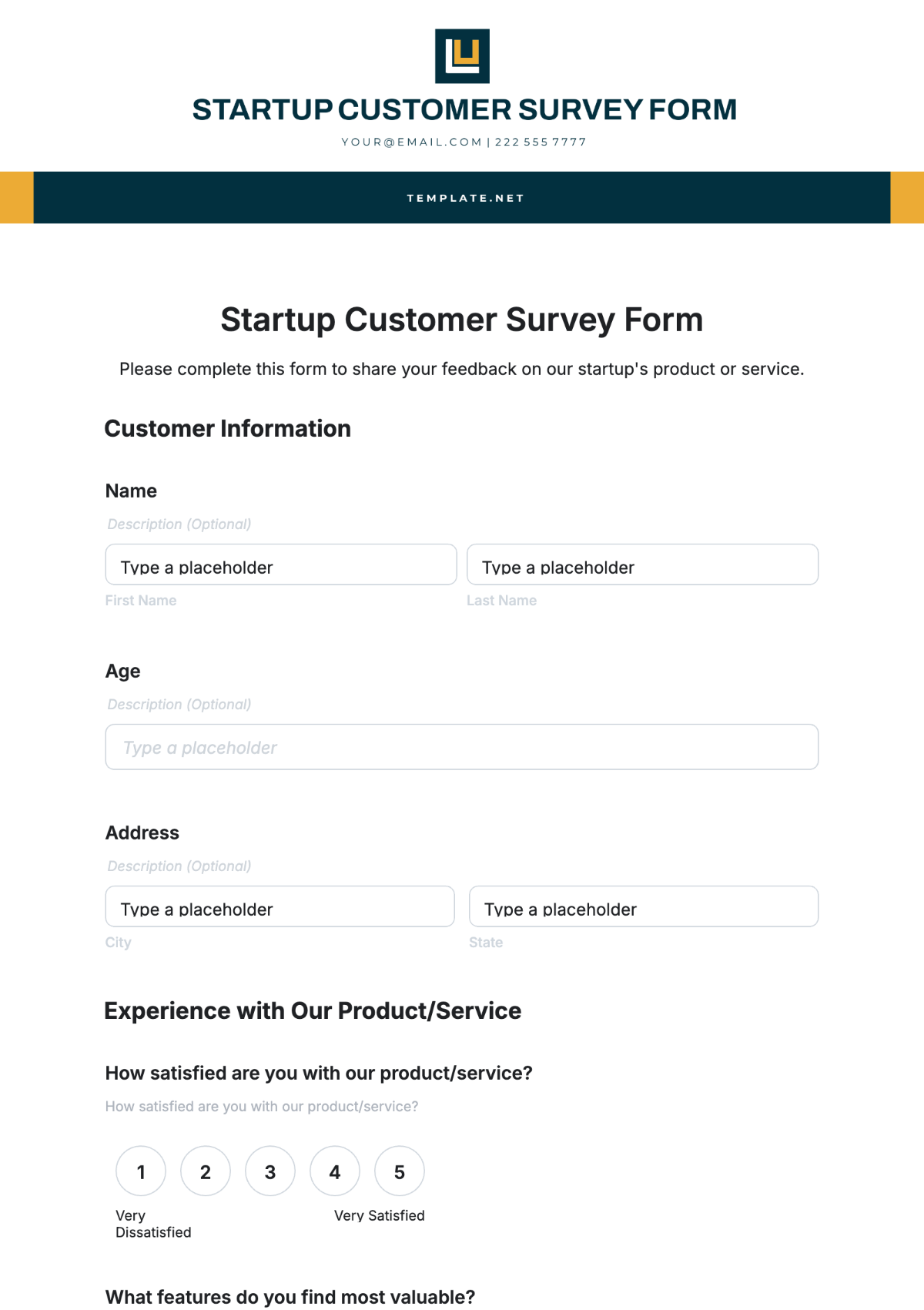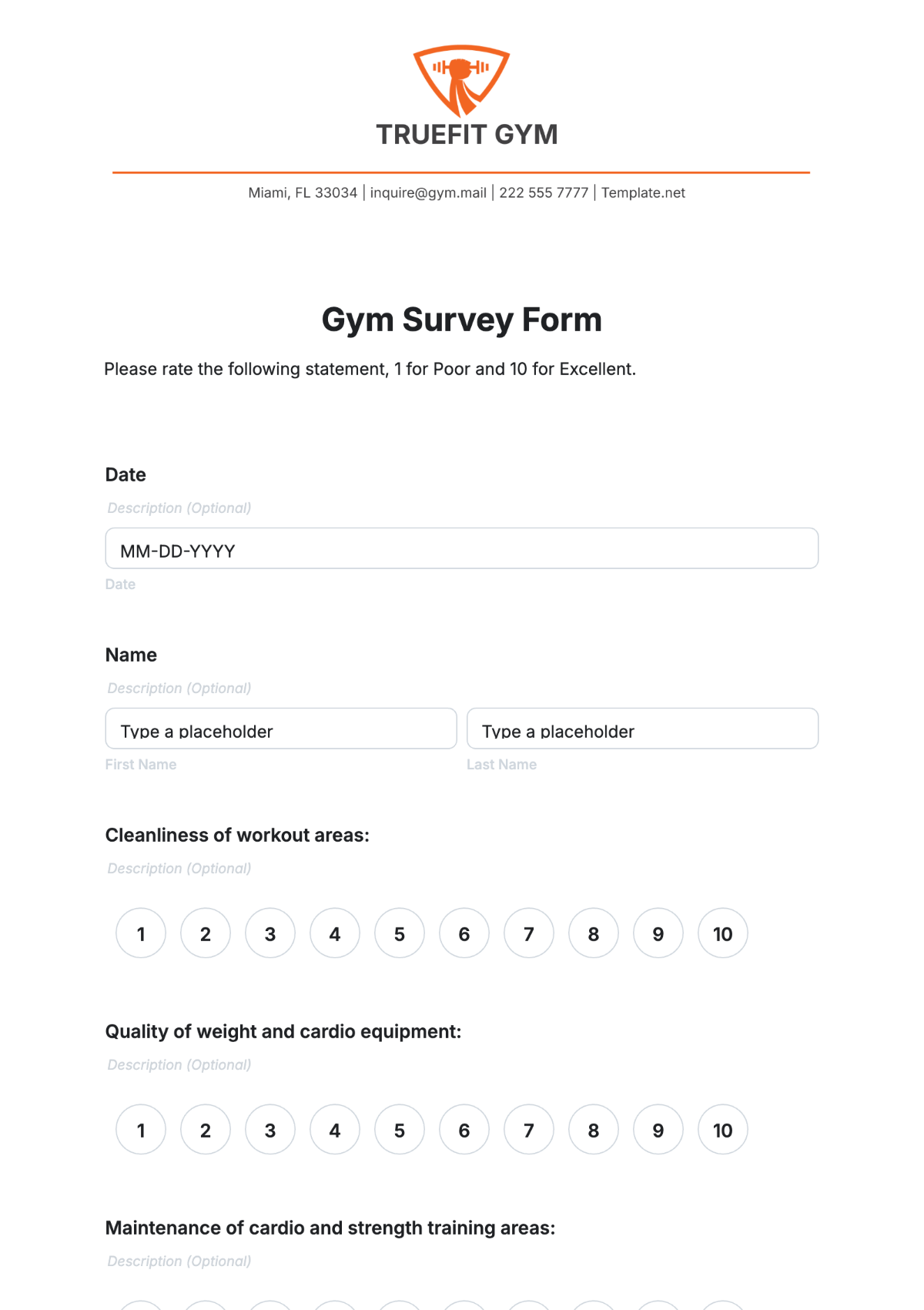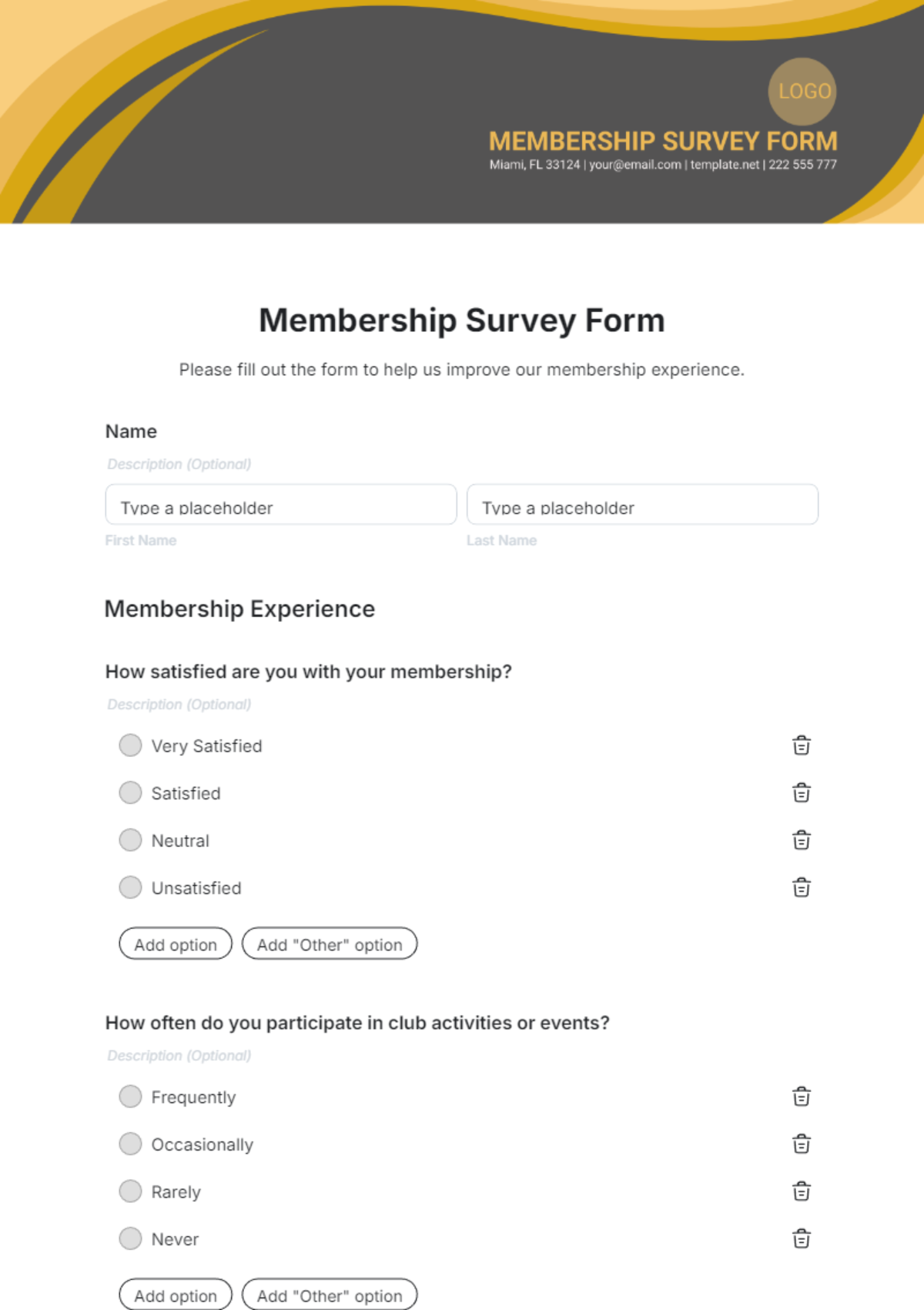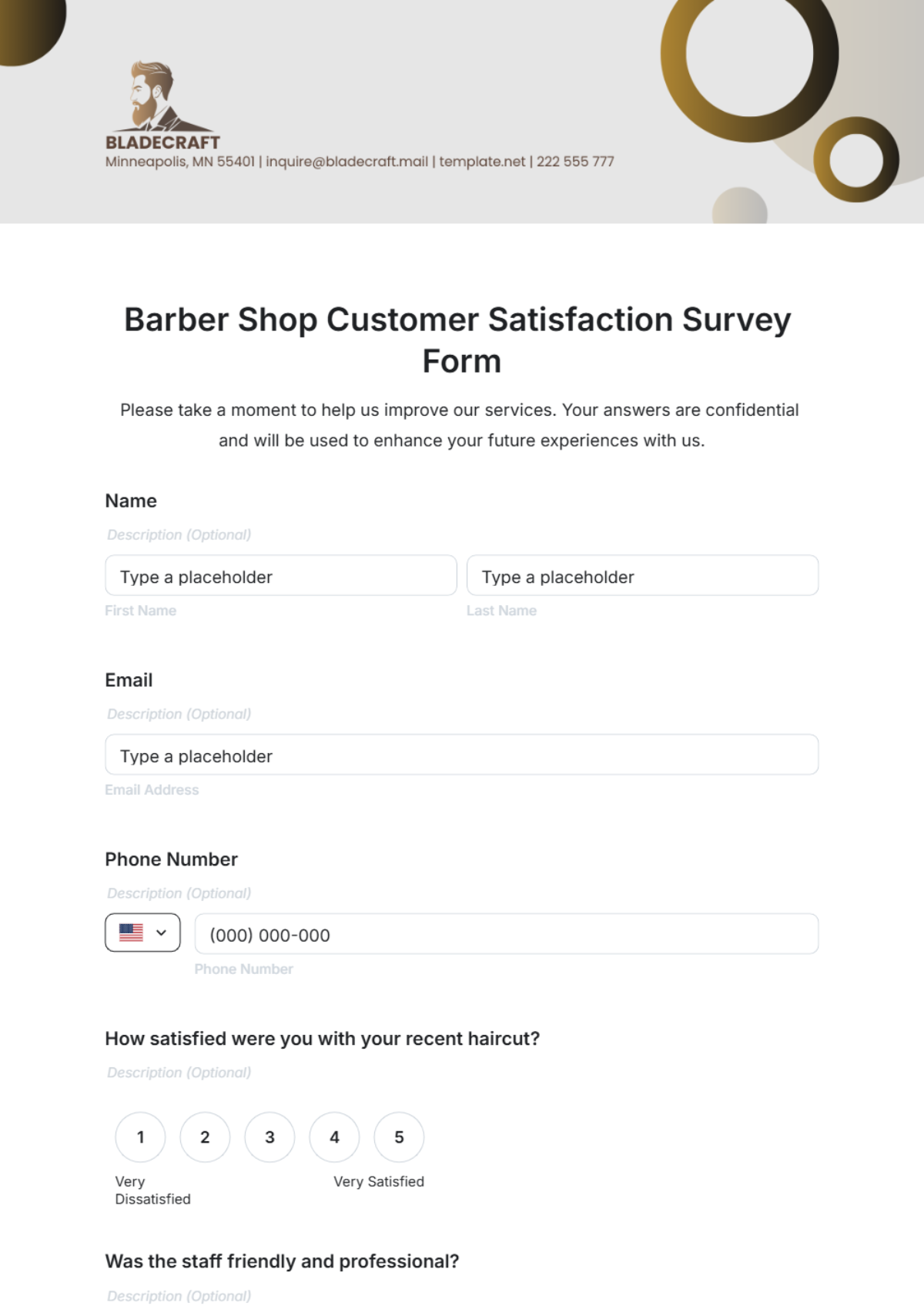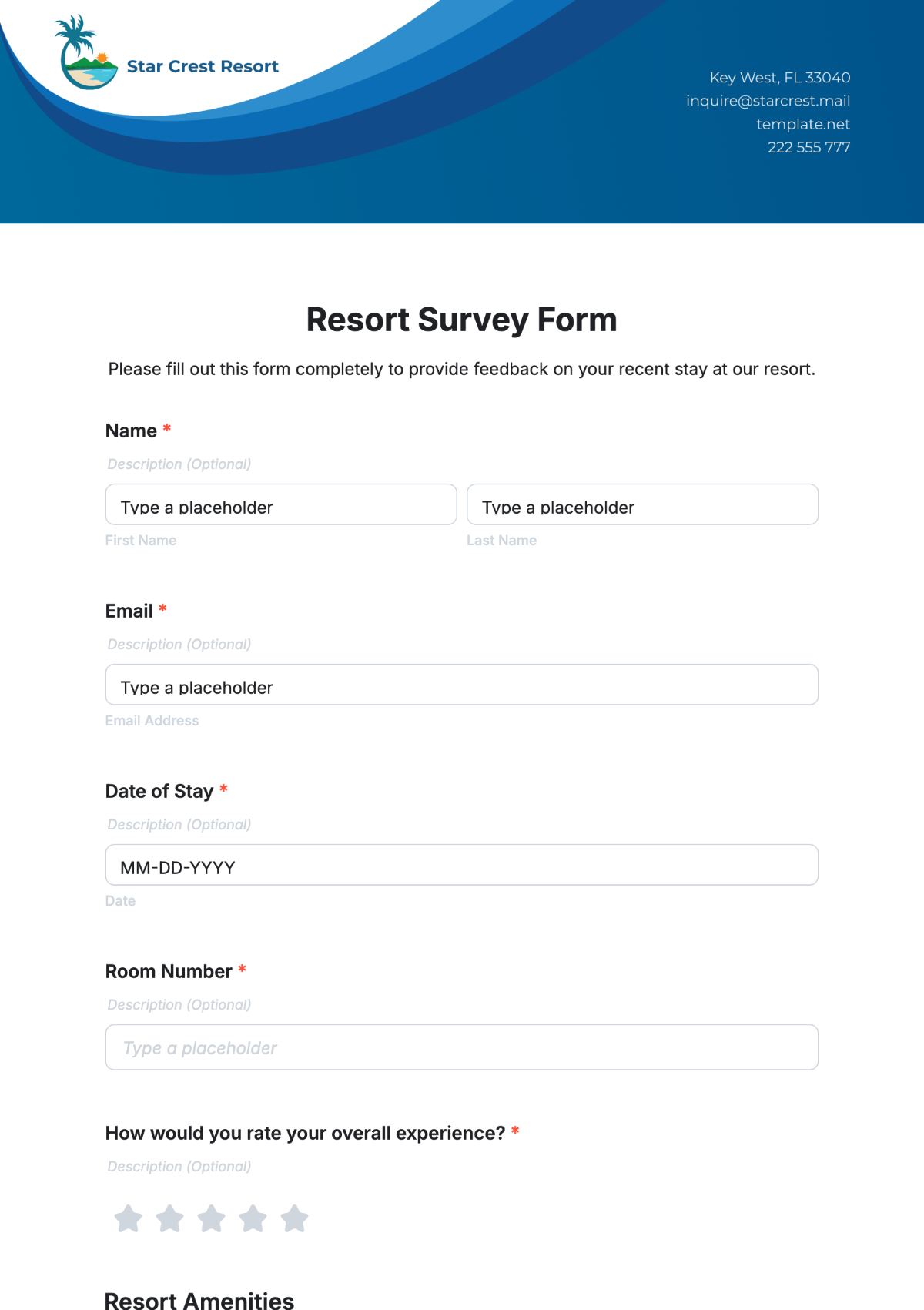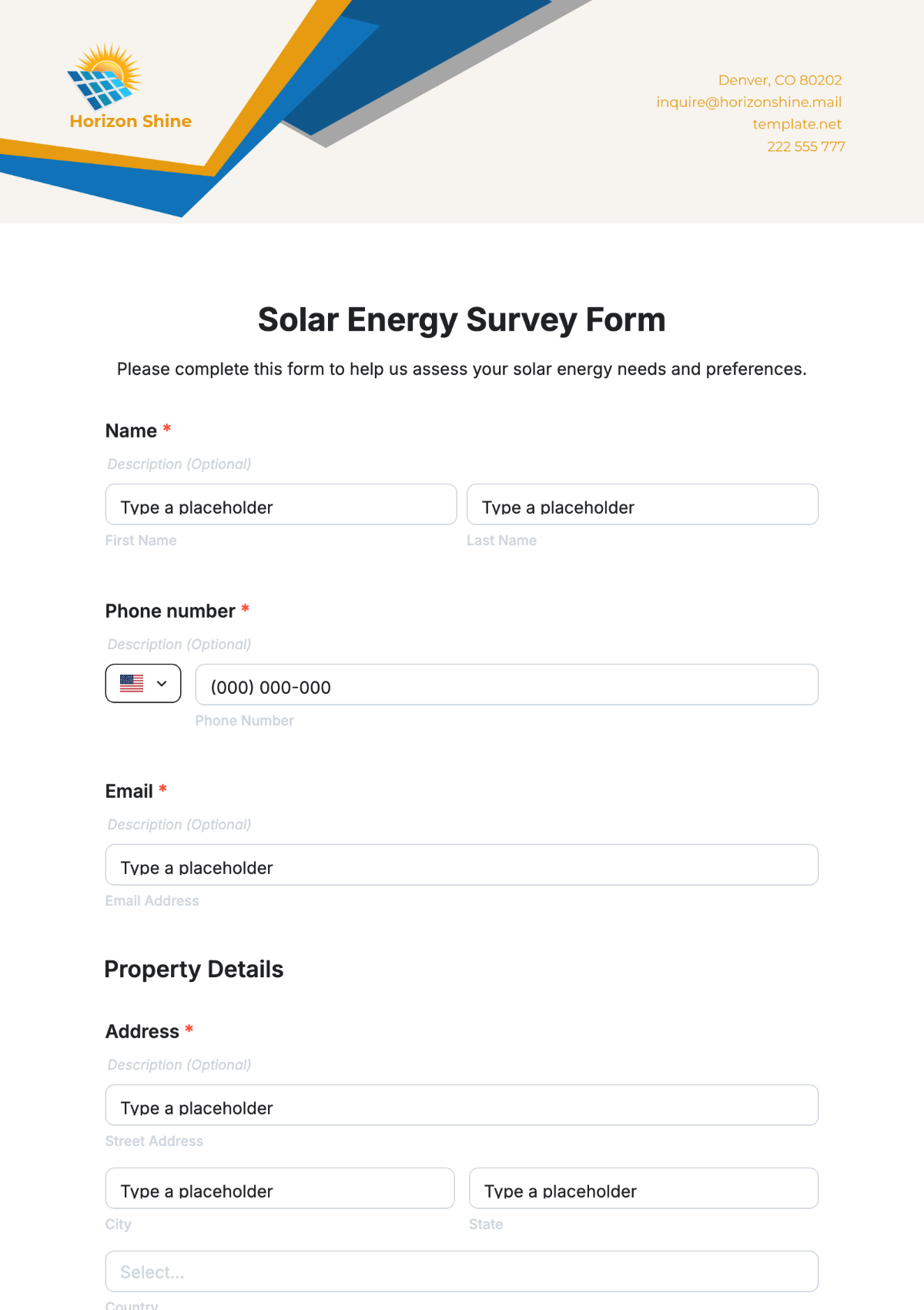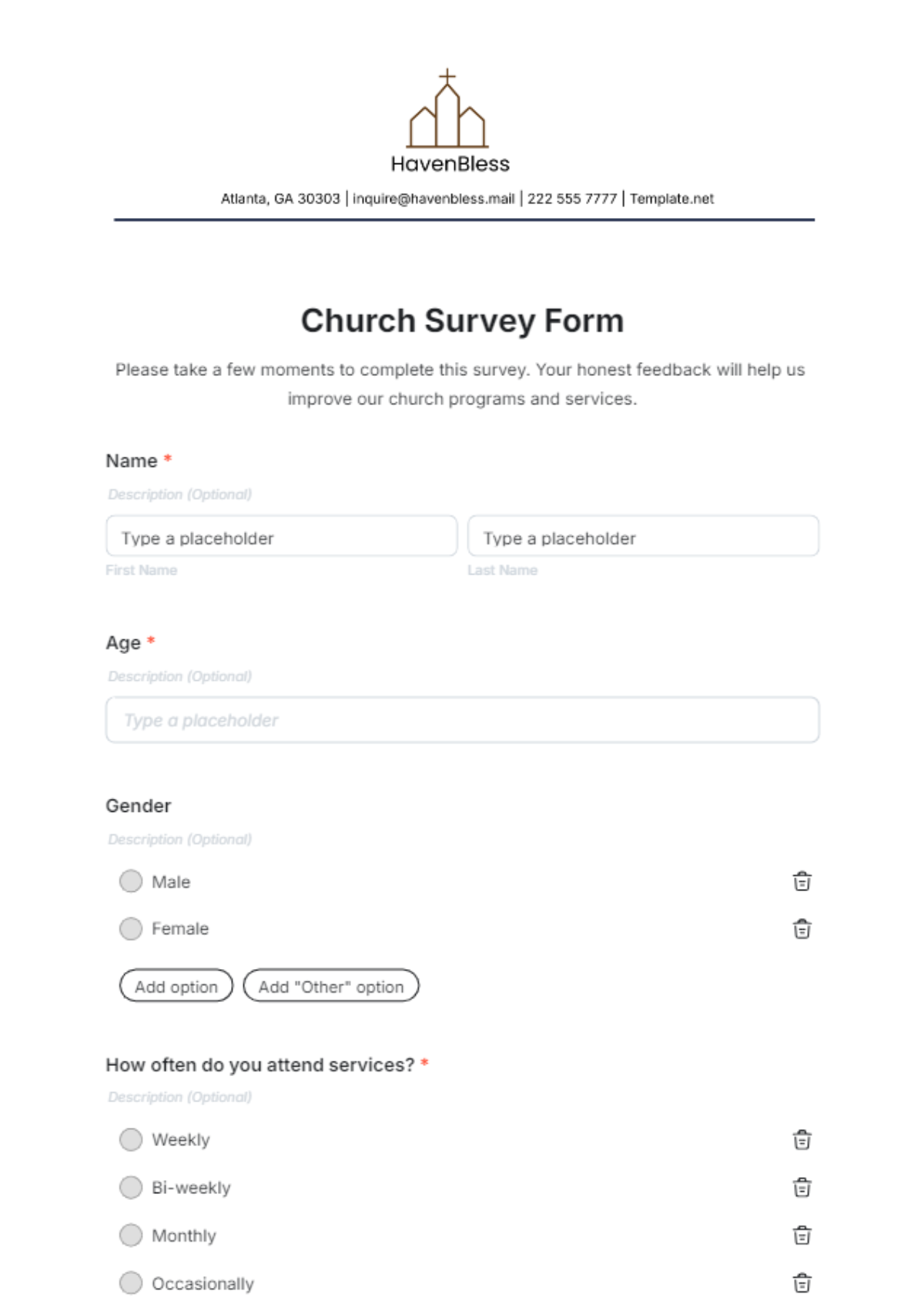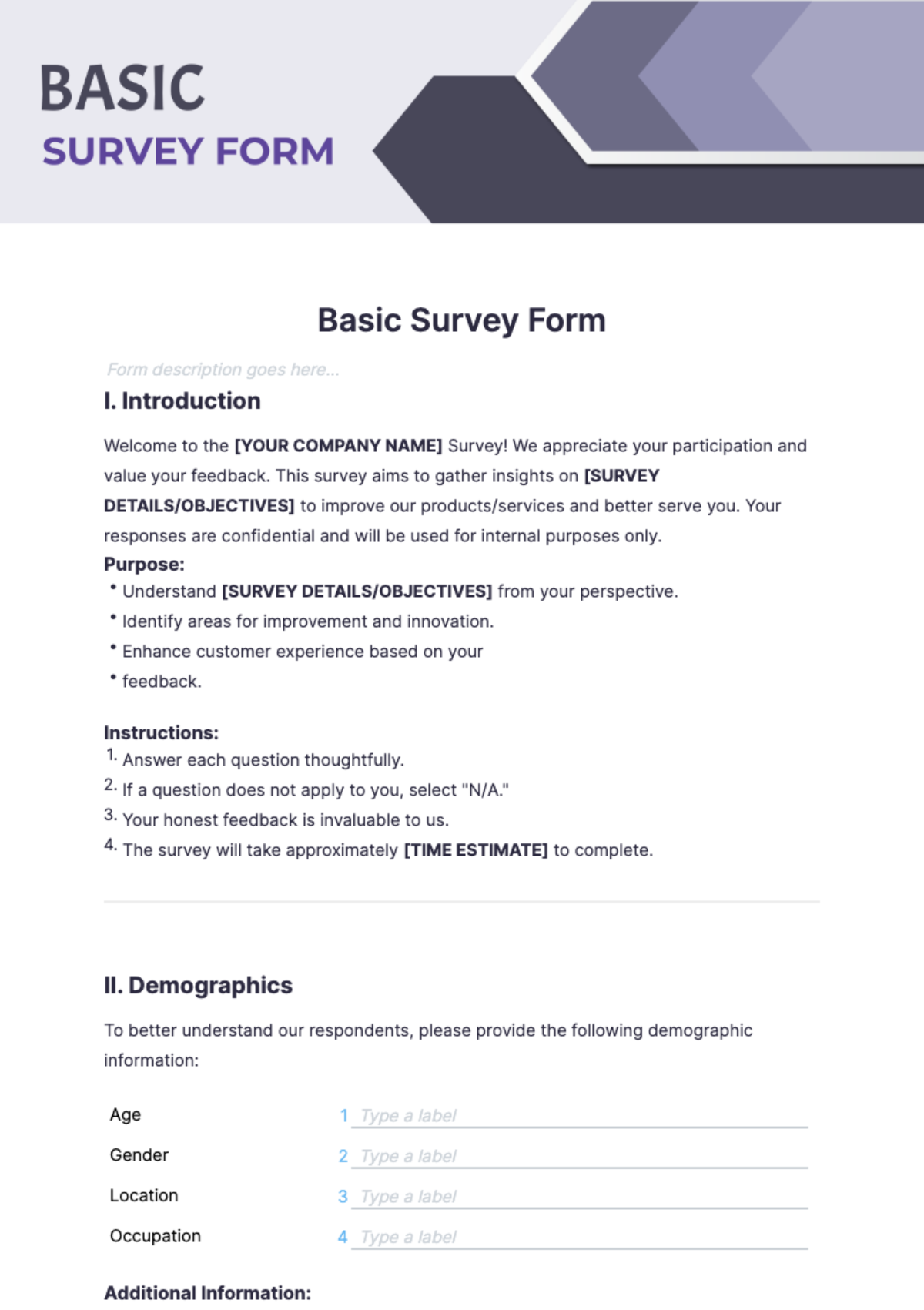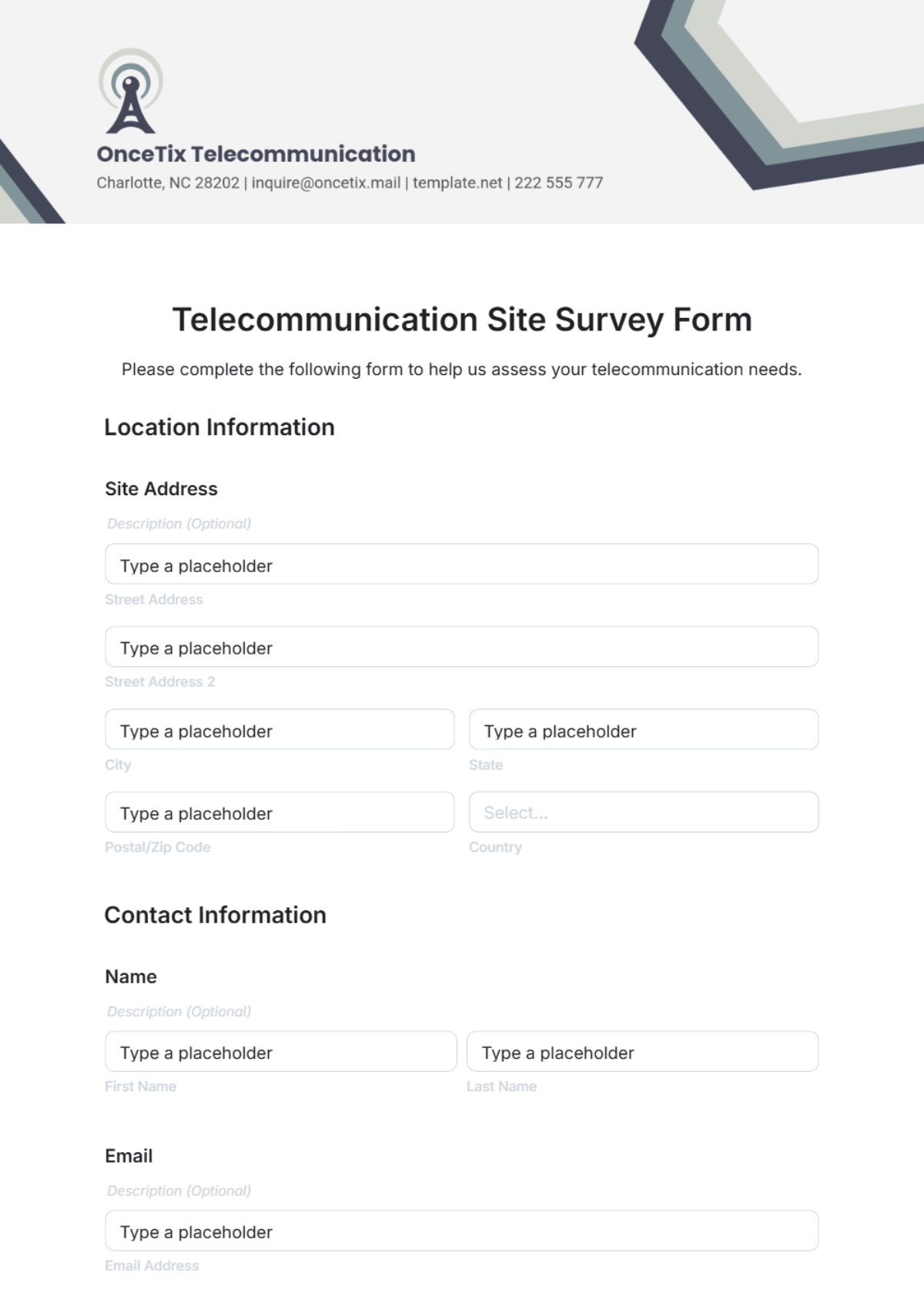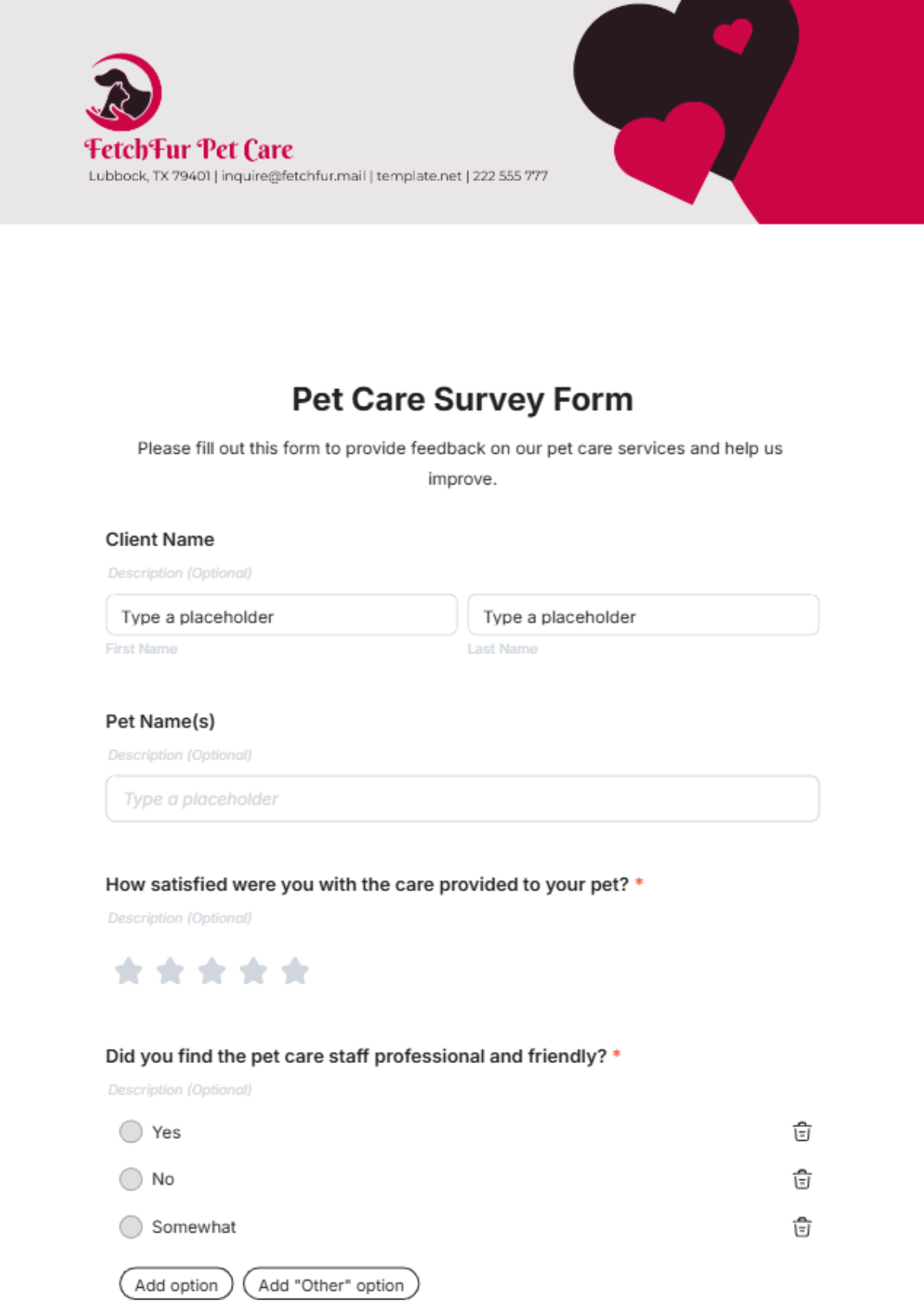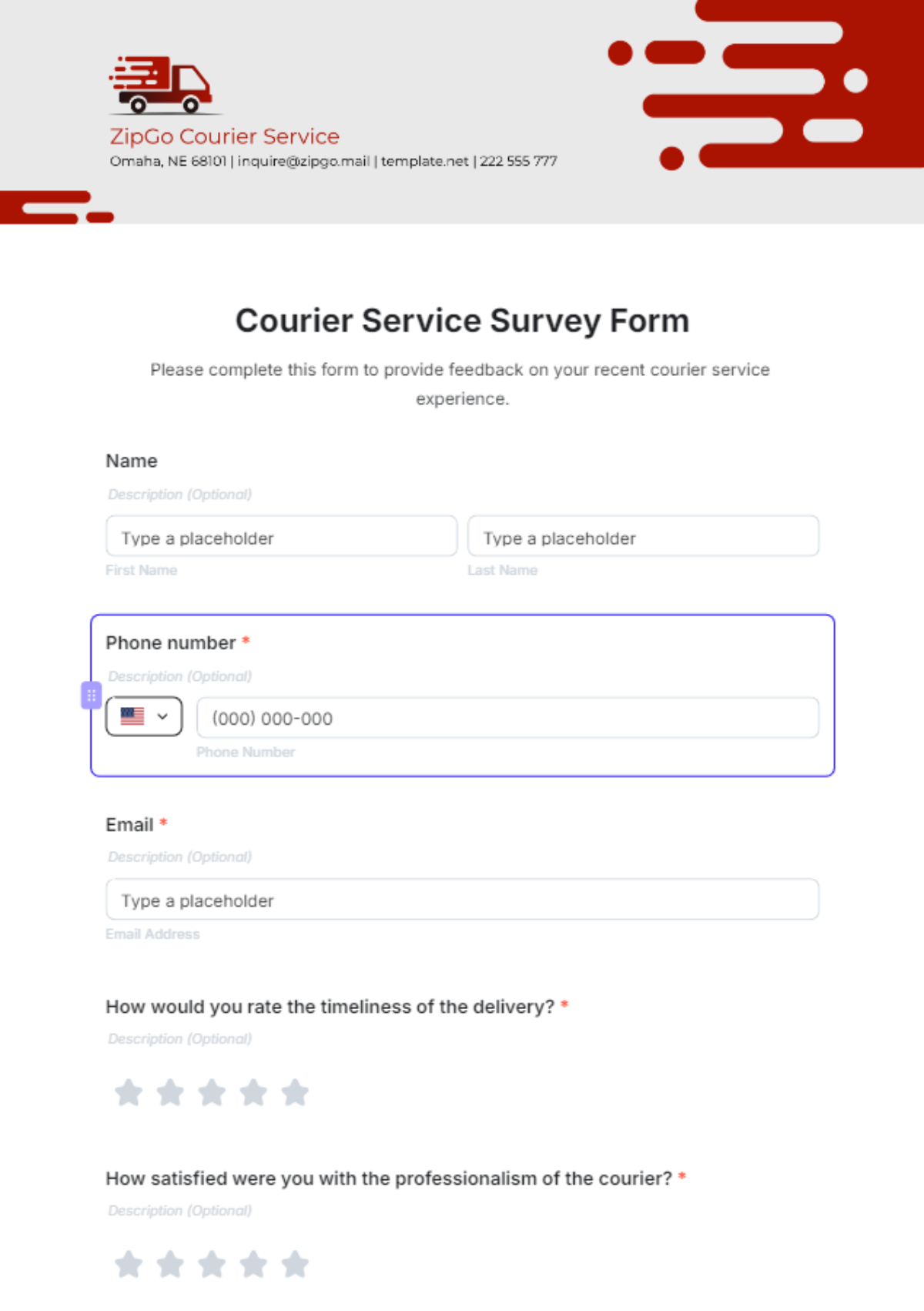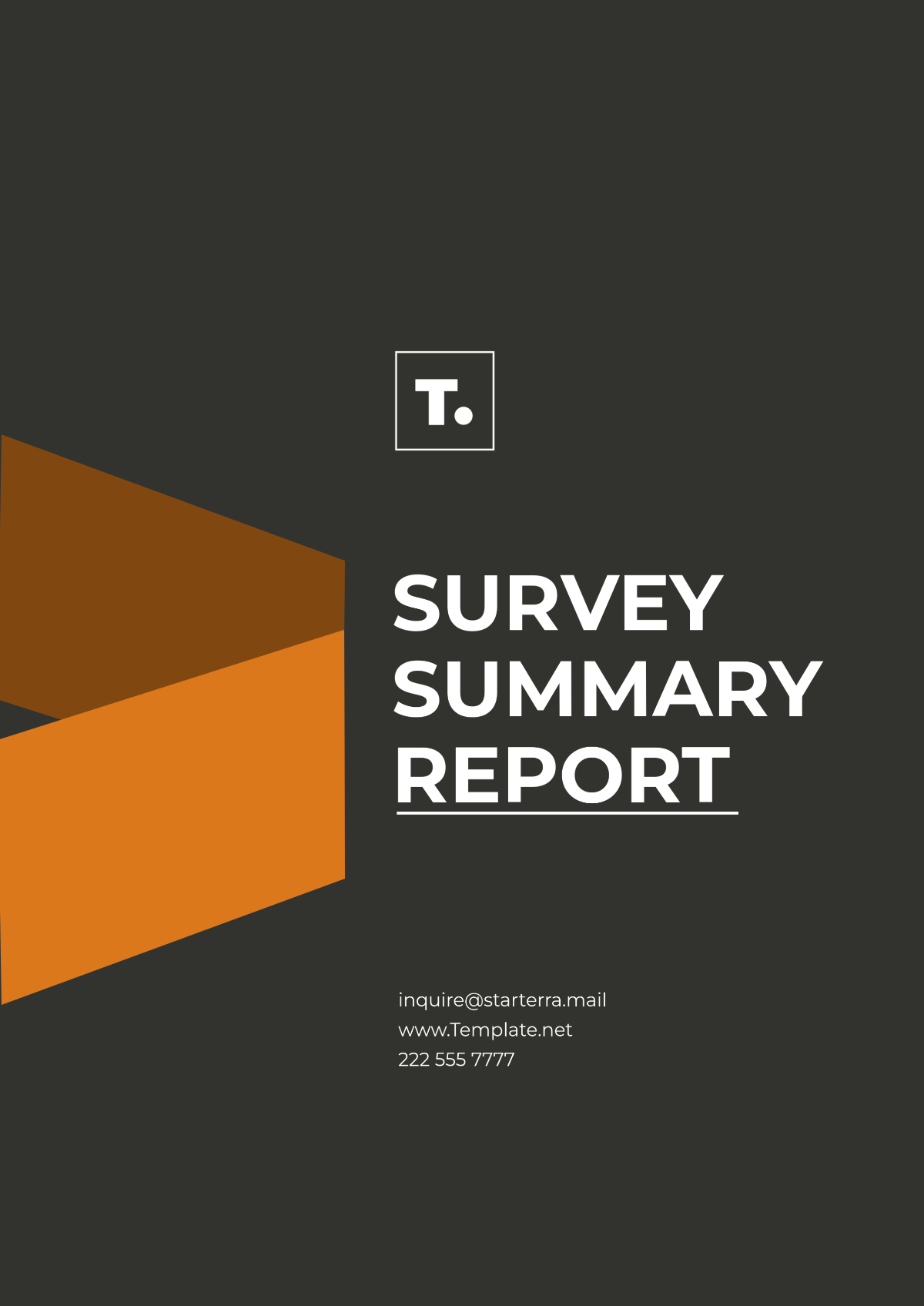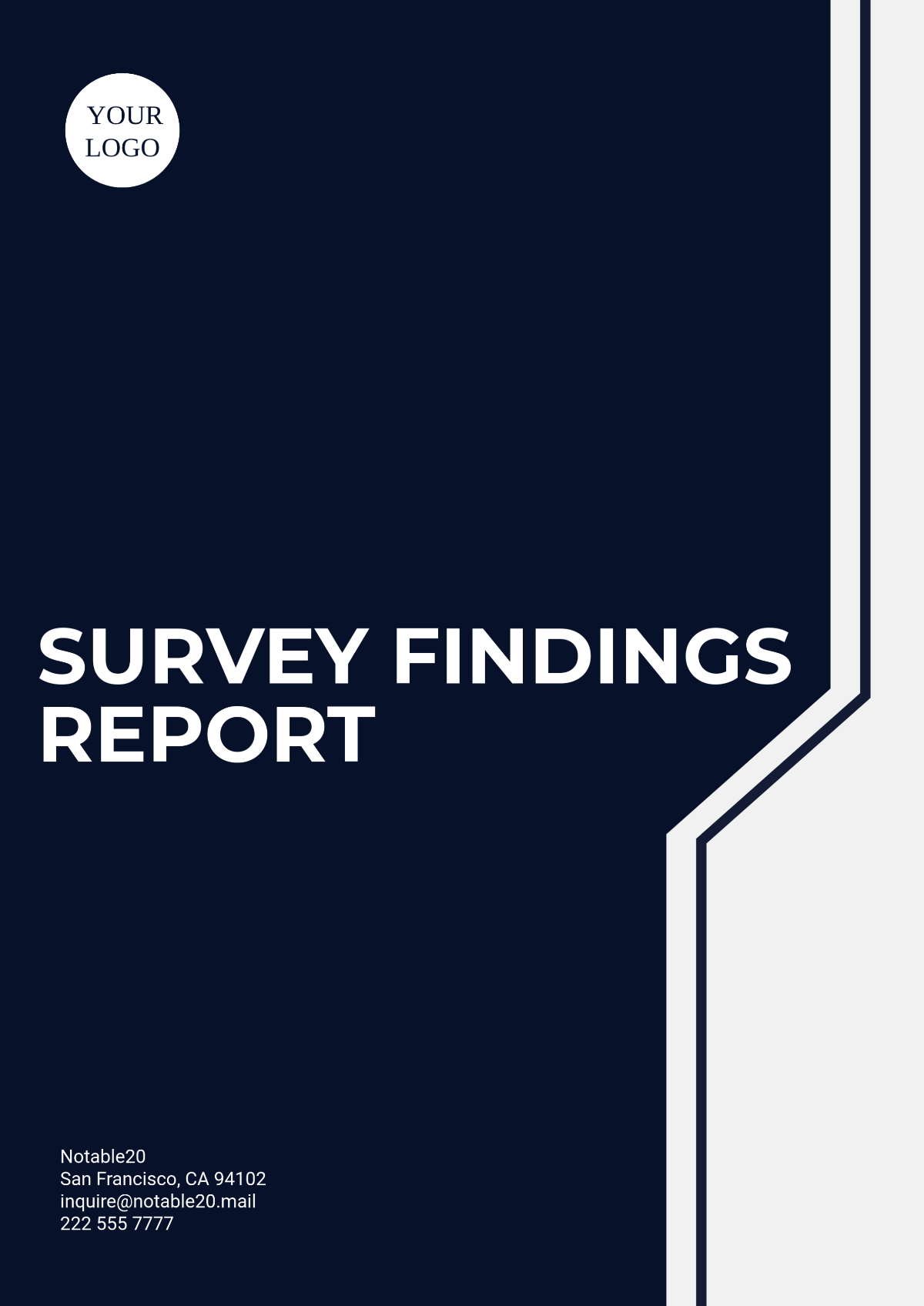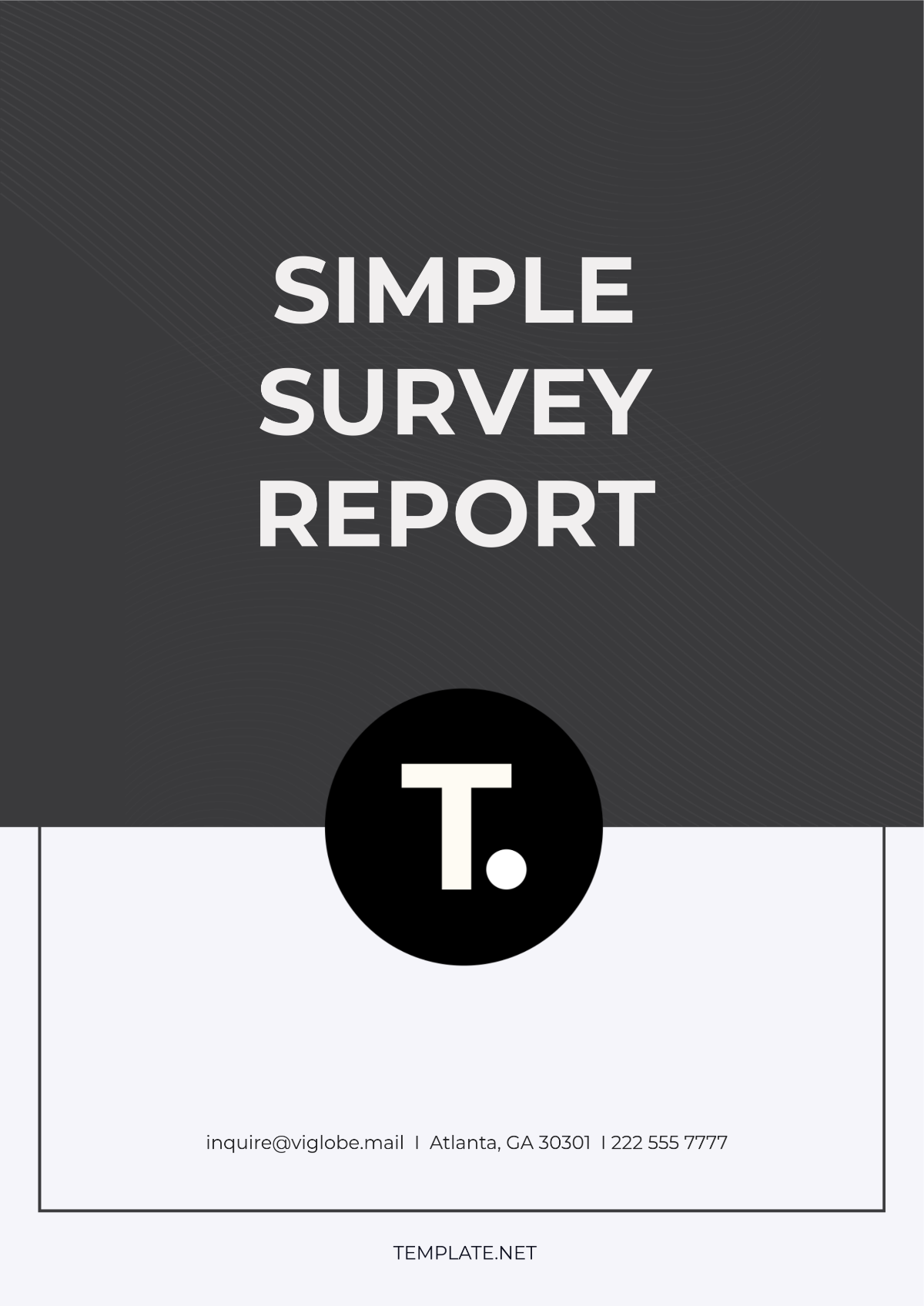Survey Rate Quantitative Research
Prepared by: [Your Name]
Date: [Date]
Survey Rate Quantitative Research is a methodological framework designed to gather numerical data from a specified target population through structured surveys. This research technique emphasizes the quantification of variables and the statistical analysis of relationships, trends, and patterns within the collected data to derive actionable insights. The following sections delve into various aspects of this research method, elucidating its components, processes, and applications.
I. Introduction
Quantitative research is vital for understanding the empirical world through numerical data. It employs structured instruments such as surveys to ensure consistency and objectivity.
II. Key Components
Target Population: The specific group of individuals from whom data is collected.
Structured Surveys: Pre-designed questionnaires aimed at ensuring uniformity in data collection.
Data Quantification: Transforming responses into numerical data for statistical analysis.
III. Data Collection Process
Define Objectives: Establish the research goals and hypotheses.
Select Target Population: Identify the demographic or specific group to be surveyed.
Design Survey Instruments: Create standardized questionnaires to gather relevant data.
Pre-Test Surveys: Conduct preliminary tests to refine the survey instruments.
Distribute Surveys: Administer the survey through various channels (online, face-to-face, postal, etc.).
Collect Responses: Gather the completed surveys for analysis.
IV. Data Analysis Techniques
After data collection, several statistical methods can be applied to analyze the data:
Descriptive Statistics: Summarizes and describes the features of the collected data.
Inferential Statistics: Makes inferences about the population based on sample data.
Regression Analysis: Examines the relationships between independent and dependent variables.
ANOVA (Analysis of Variance): Compares differences among group means.
V. Applications and Benefits
Survey Rate Quantitative Research has broad applications across various fields such as:
Market Research: Identifying consumer preferences and market trends.
Social Sciences: Studying population behaviors and societal trends.
Healthcare: Understanding patient demographics and treatment efficacy.
Education: Evaluating educational methods and student performance.
Benefits of this research method include:
Benefit | Description |
|---|---|
Objectivity | Minimizes bias through structured data collection. |
Scalability | Can be applied to large populations, improving generalizability. |
Data Precision | Provides precise, quantifiable evidence. |
Actionable Insights | Generates specific recommendations based on statistical analysis. |
VI. Conclusion
Survey Rate Quantitative Research is a powerful tool for acquiring numerical data and deriving strategic insights through structured surveys. By focusing on the systematic collection and statistical analysis of data, this method offers objectivity, scalability, and actionable outcomes, making it invaluable across various research domains.
VII. References
American Psychological Association. (2050). Publication Manual of the American Psychological Association (7th ed.).
Bhattacherjee, A. (2050). Social Science Research: Principles, Methods, and Practices. University of South Florida.
Creswell, J. W., & Creswell, J. D. (2050). Research Design: Qualitative, Quantitative, and Mixed Methods Approaches (5th ed.). Sage Publications.

